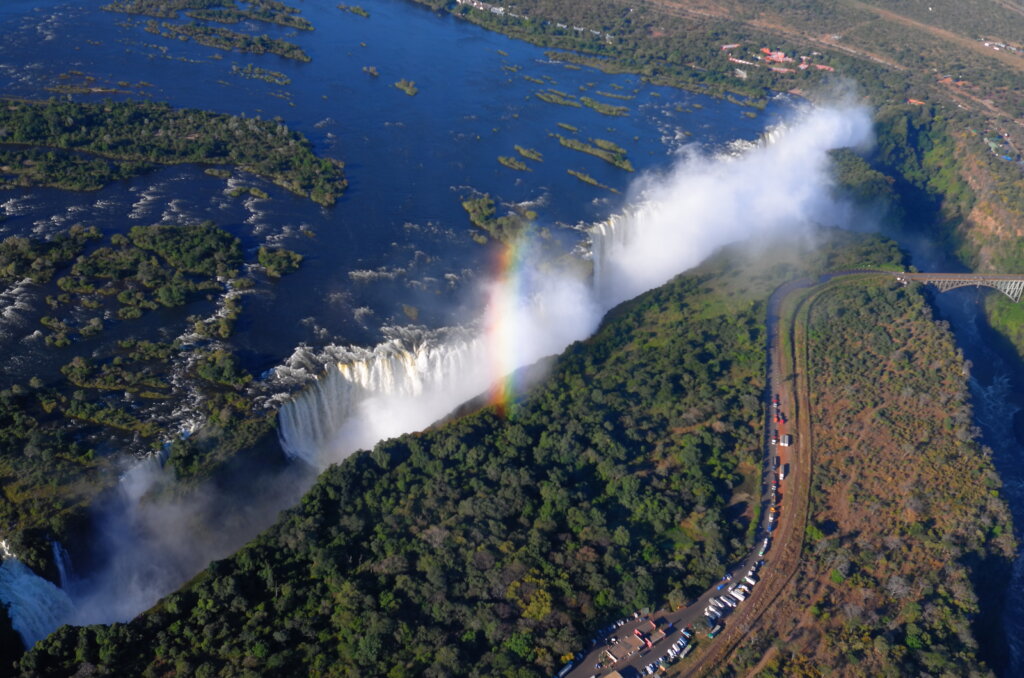On a farm in the outskirts of Harare, Roxy has opened an animal sanctuary where she offers a home to orphaned animals. Wild is Life is a magical place where animals (well, most of them…) roam freely and have created a real bond with their keepers.
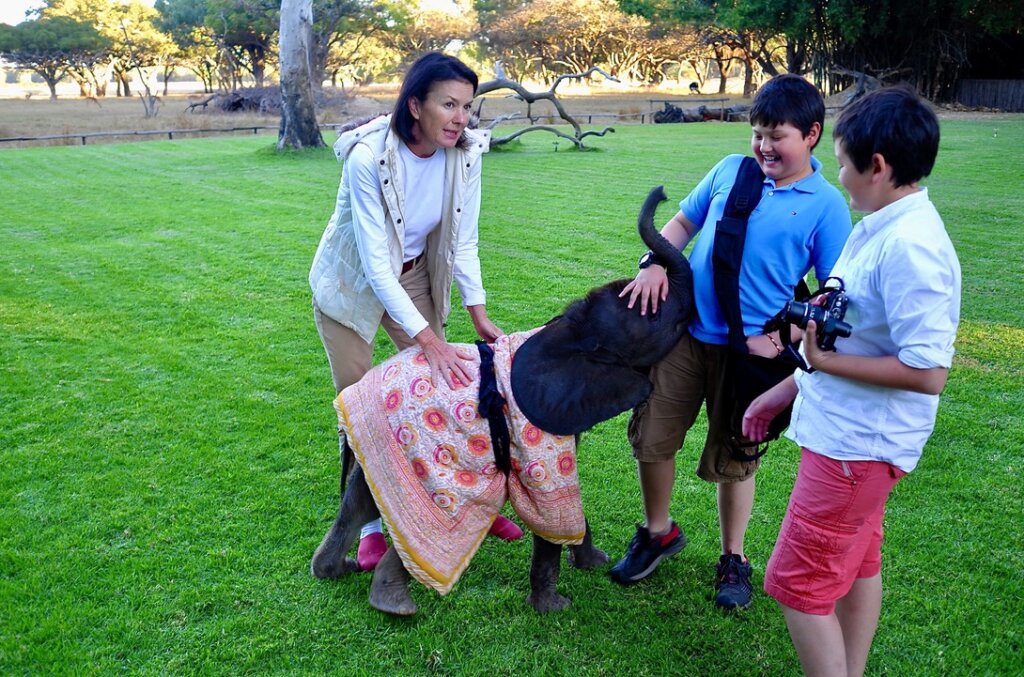
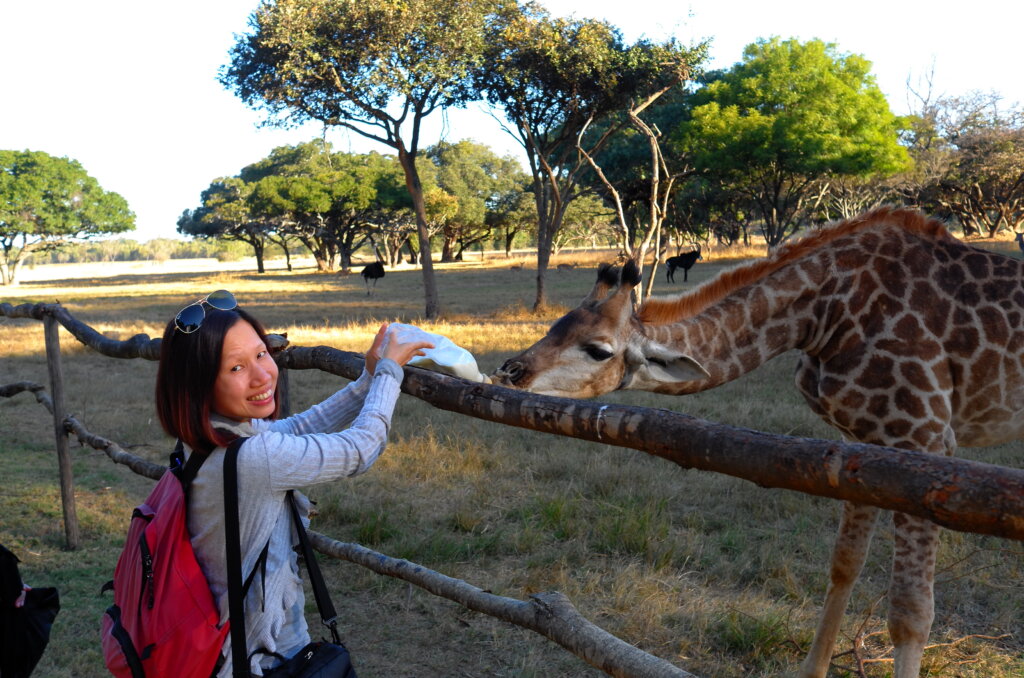
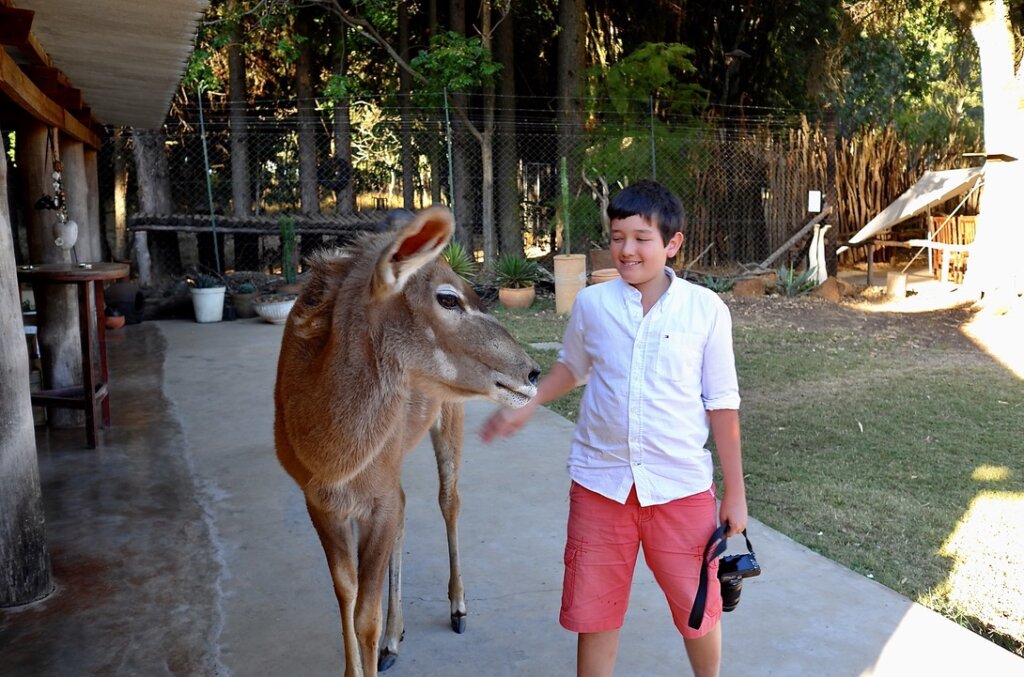
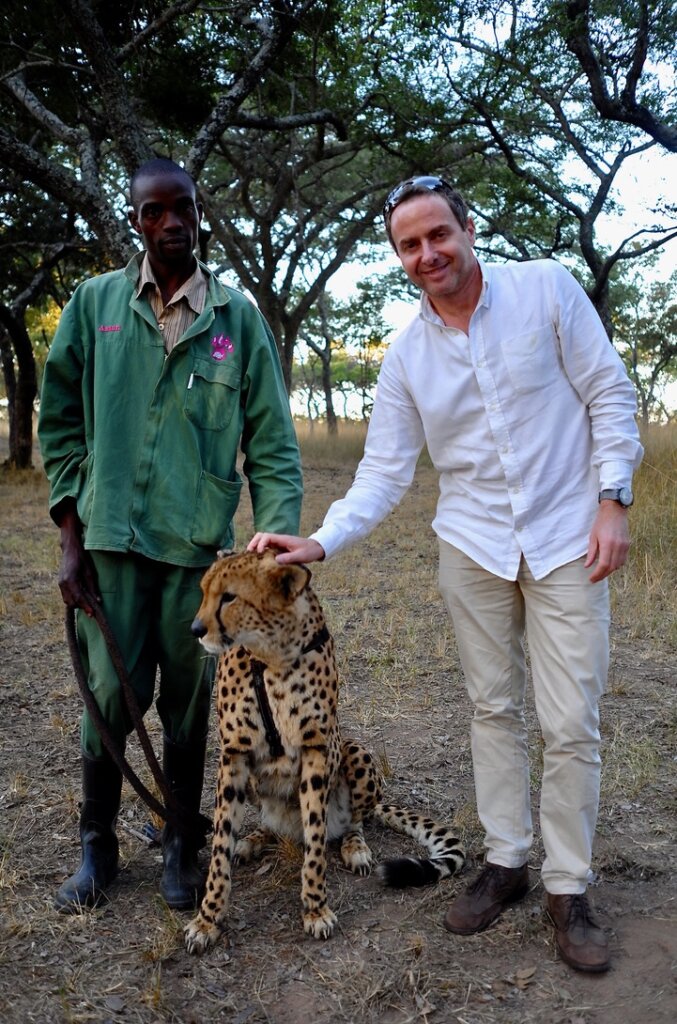
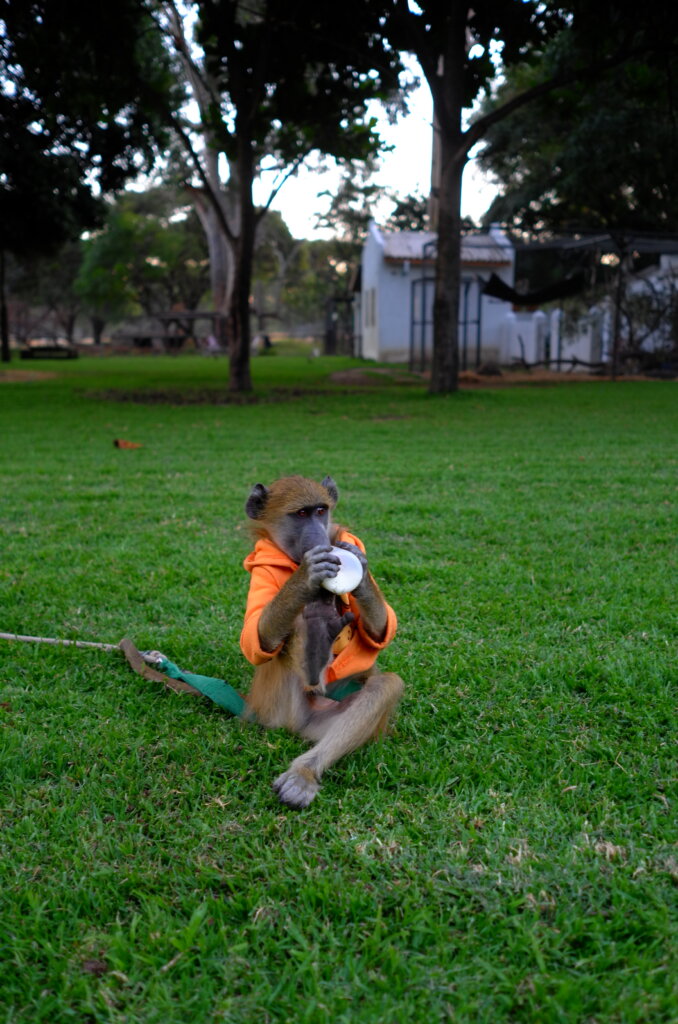

A family's African Odyssey
On a farm in the outskirts of Harare, Roxy has opened an animal sanctuary where she offers a home to orphaned animals. Wild is Life is a magical place where animals (well, most of them…) roam freely and have created a real bond with their keepers.





Zimbabwe’s capital, Harare (Salisbury before independence) used to be known as the garden city of Africa. With its broad jacaranda-lined avenues, many parks and temperate weather, it was (and might just still be) one of the most pleasant cities in world.
It is possible today if one looks beyond the broken roads, garbage accumulating on the streets and constant power outages to guess the faint outline of the Harare of old. Charming bungalows in leafy suburbs manage to maintain their well tended gardens, patinated colonial buildings hold their own amidst the post-independence “socialist-realist” horrors built by Soviet and North Korean friends and the tree-lined streets remain safe for strollers – provided they are able to dodge their deadly potholes. In some ways, Harare is in the image of Zimbabwe as a whole. A charming city of dolce vita living whose resourceful and resilient people have managed to stay positive and welcoming. Thanks to those plucky Zimbabweans, it is not hard to look beyond the run-down, decrepit country of today to see the Zimbabwe that was – and the Zimbabwe that could be.
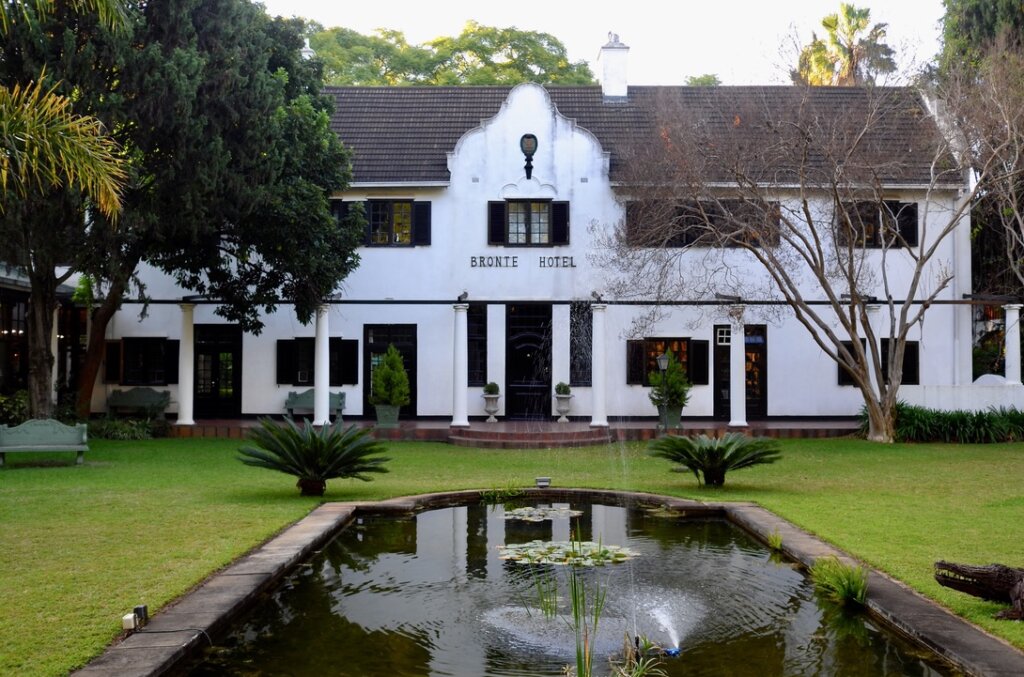
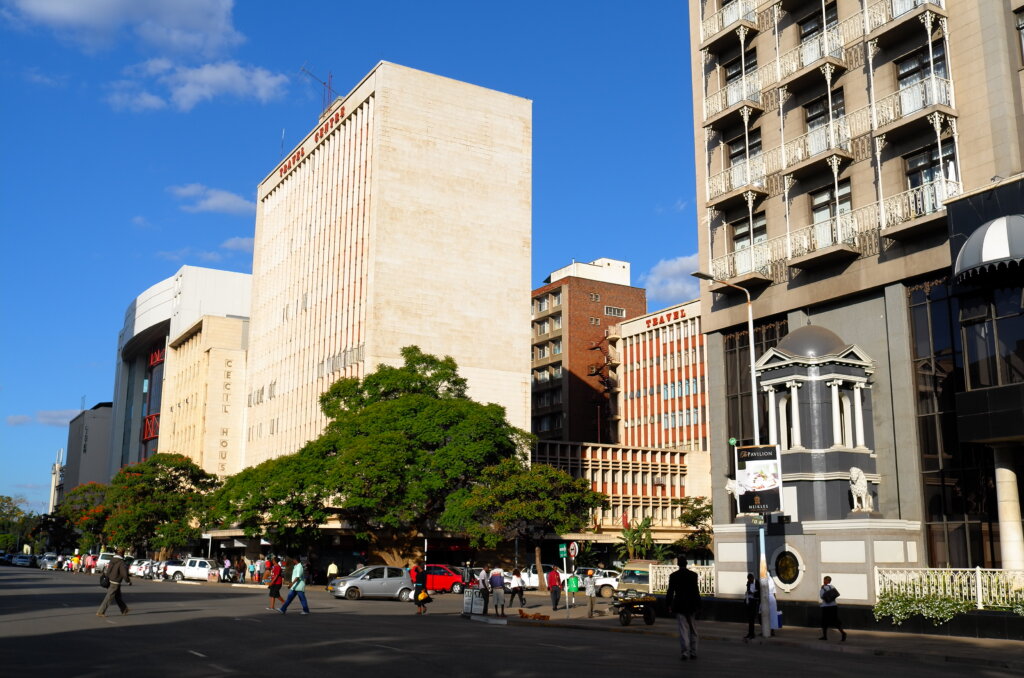
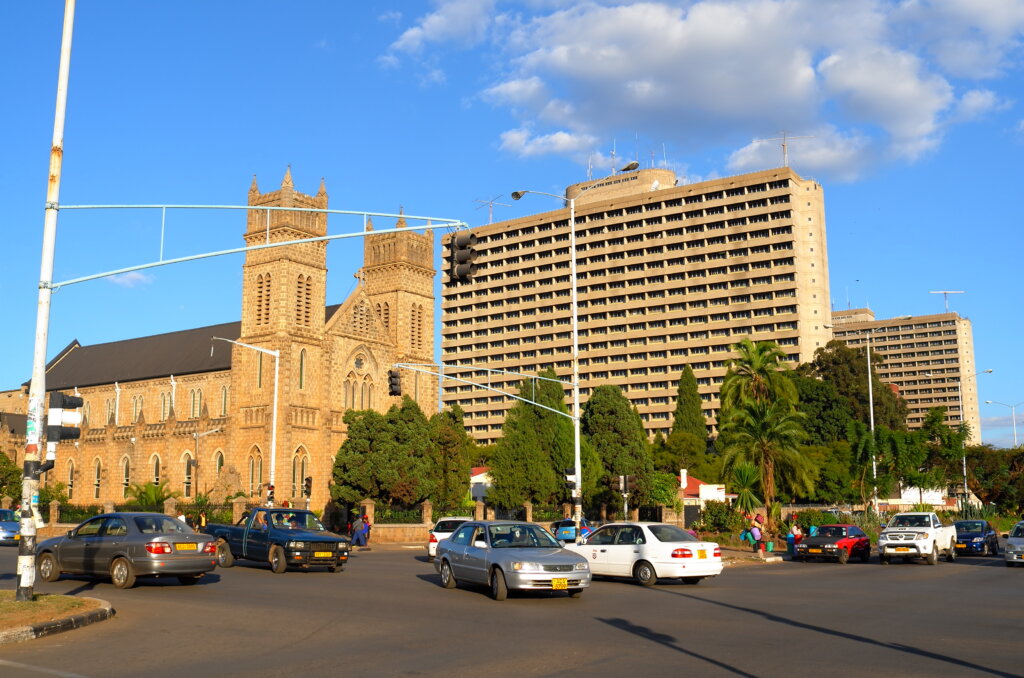
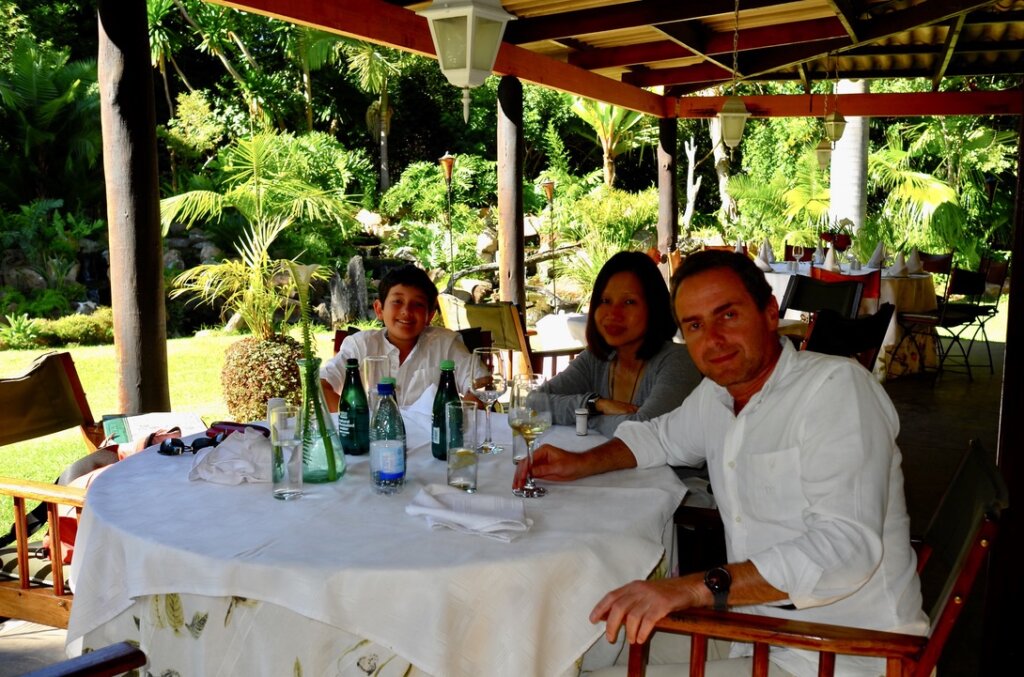
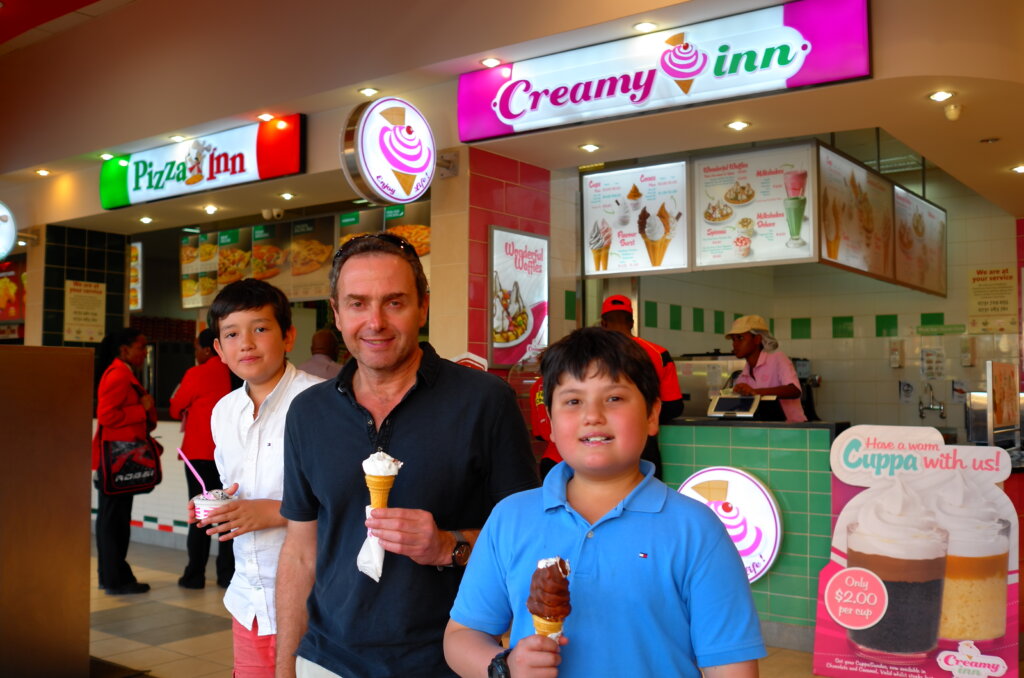
Our last stop in the Eastern Highlands is Nyanga. With its craggy mountains and green meadows full of wildflowers, trout filled streams and pine forests, more than anywhere else in Africa Nyanga feels like Scotland. And like Scotland, Nyanga distinguishes itself by its bone chillingly cold and damp evenings. A thick mist rests lazily in the valleys and now and again rises to twirl itself around mountain tops, before sinking back to the nether regions. Perhaps that is why Cecil Rhodes, of all places in Rhodesia, picked Nyanga as his residence.
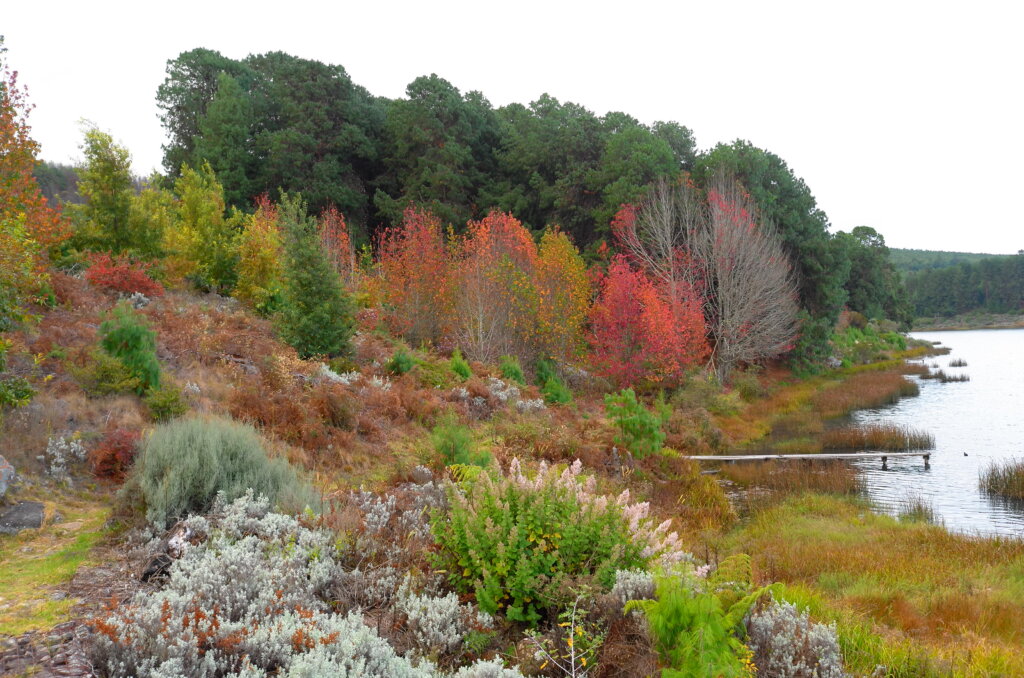
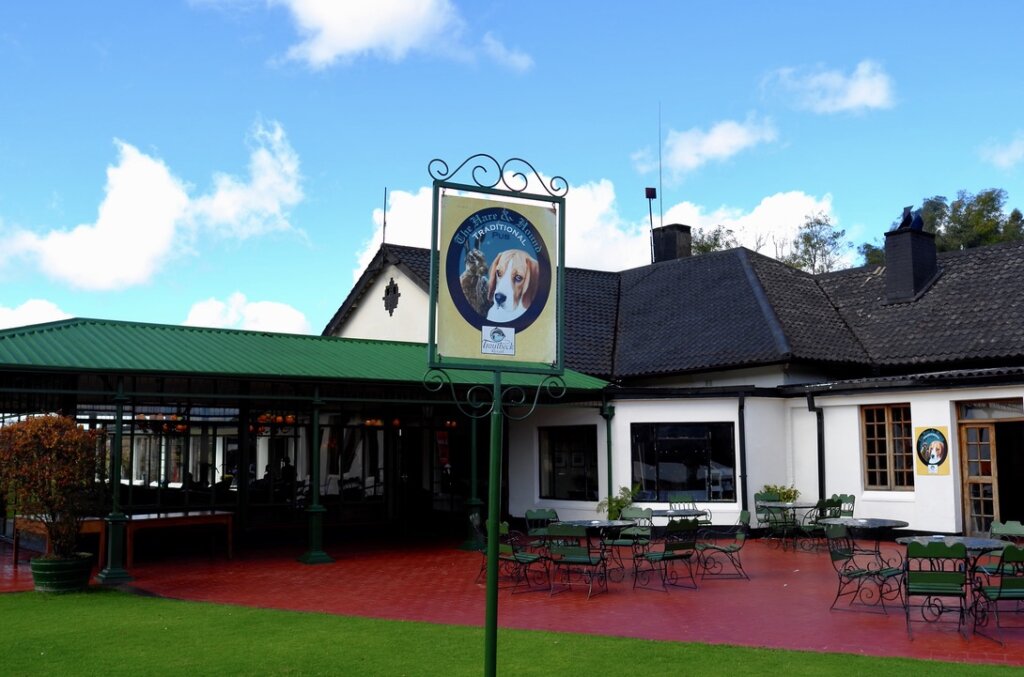
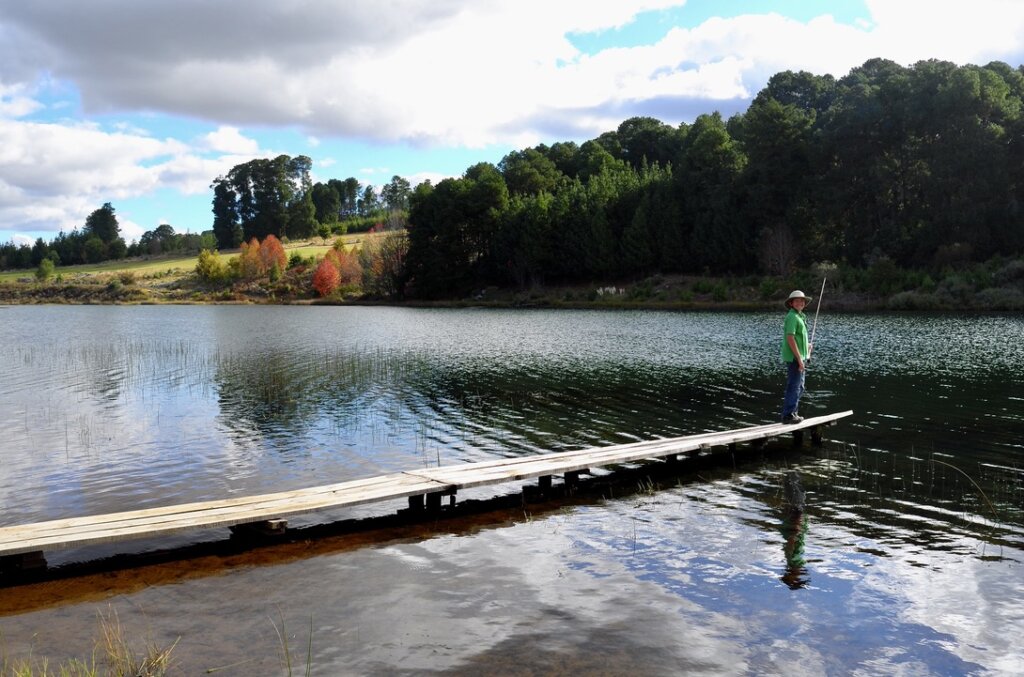
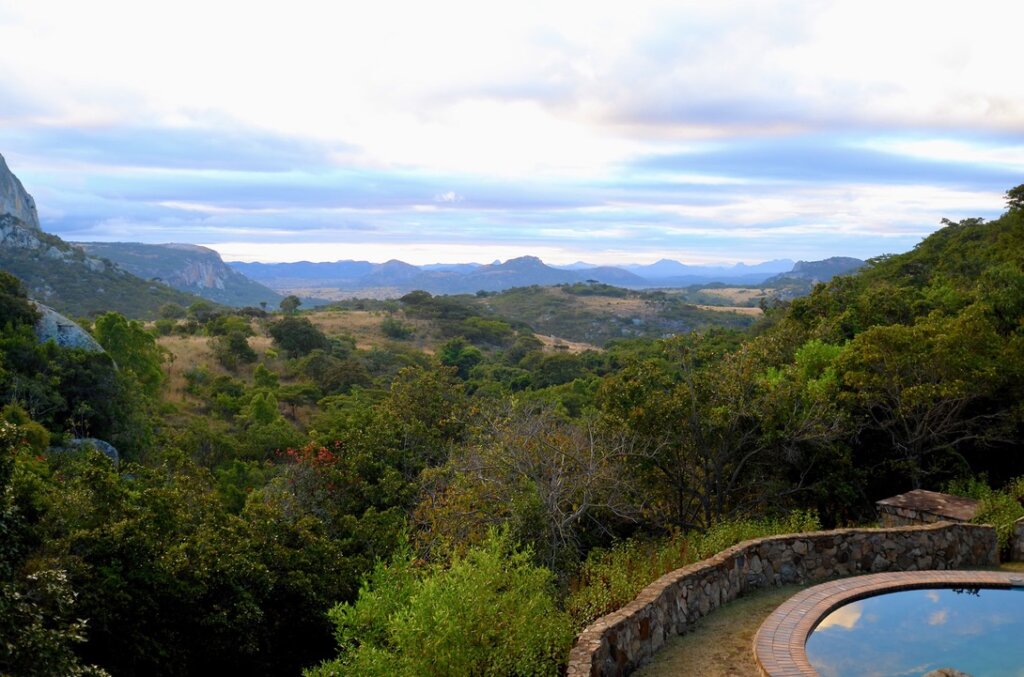
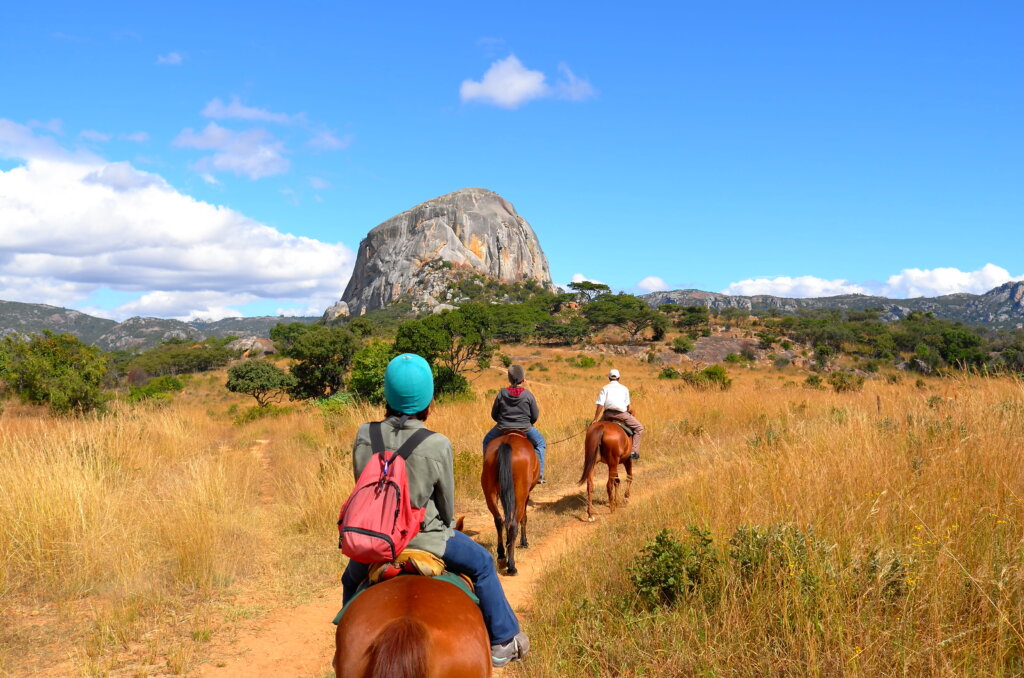
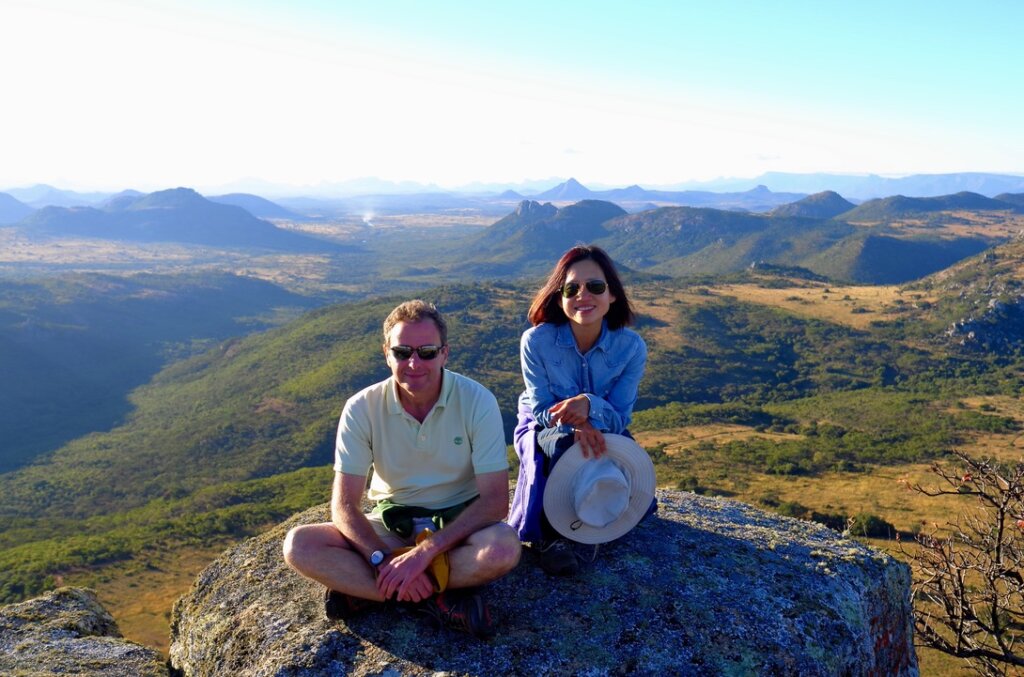
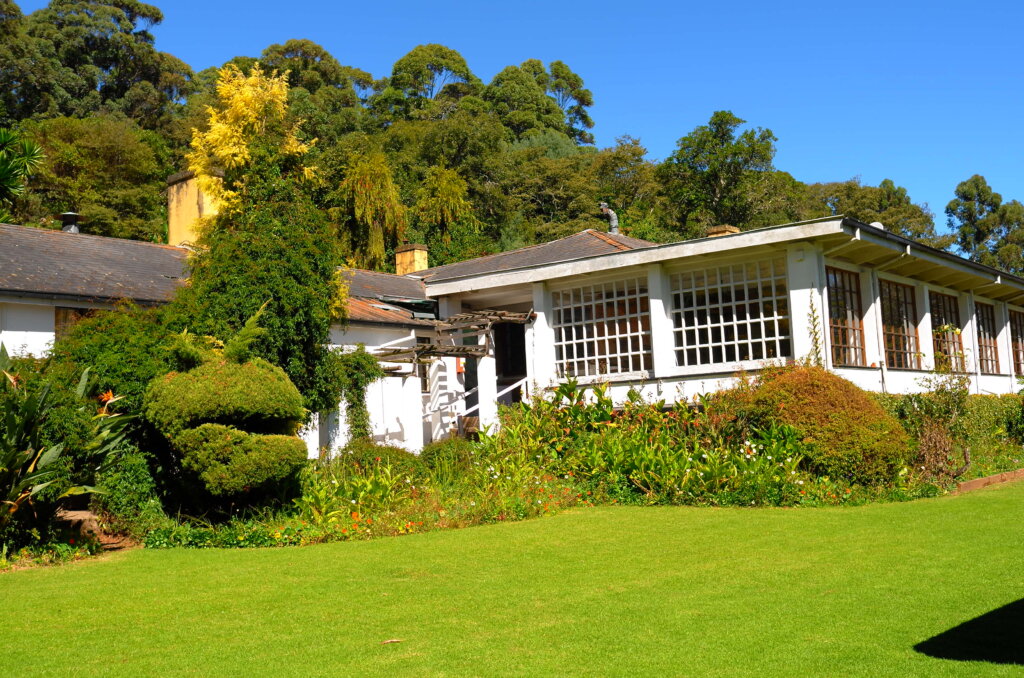
In a hidden valley just near the Mozambique border, lies the Bvumba, a region of hills and valleys so pretty that the Queen Mother and Princess Margaret spent a night here in 1953. Nothing much has changed since…
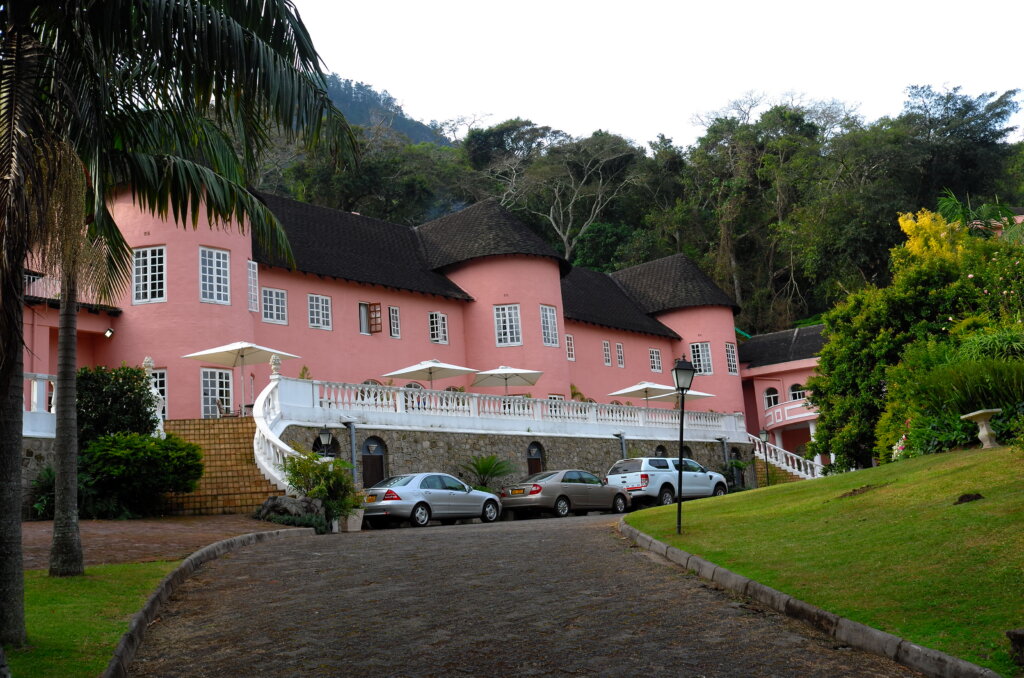
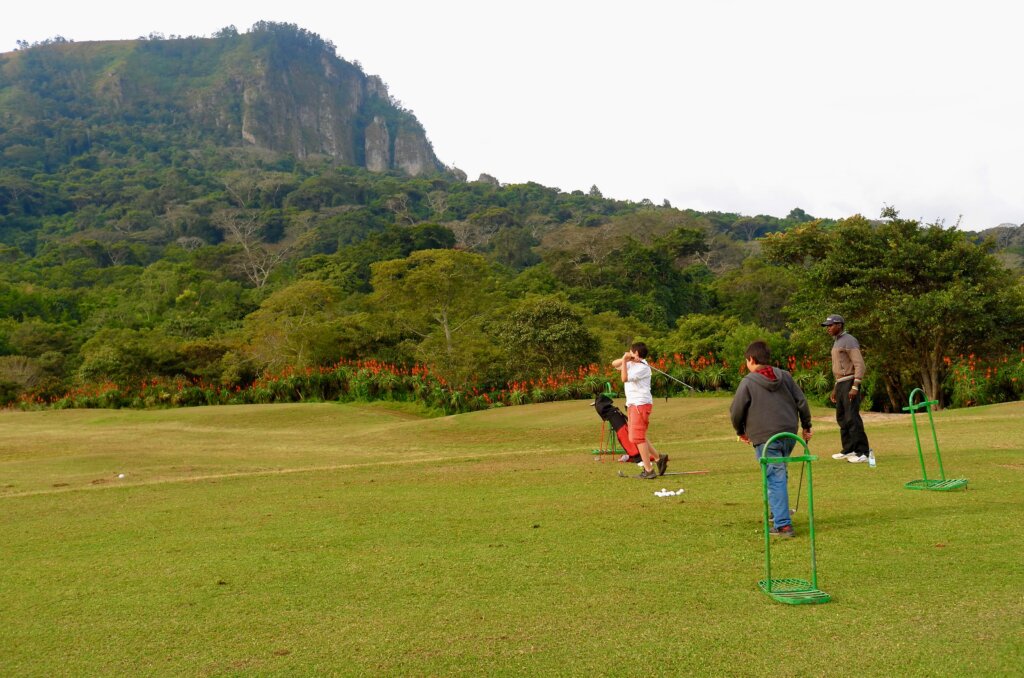

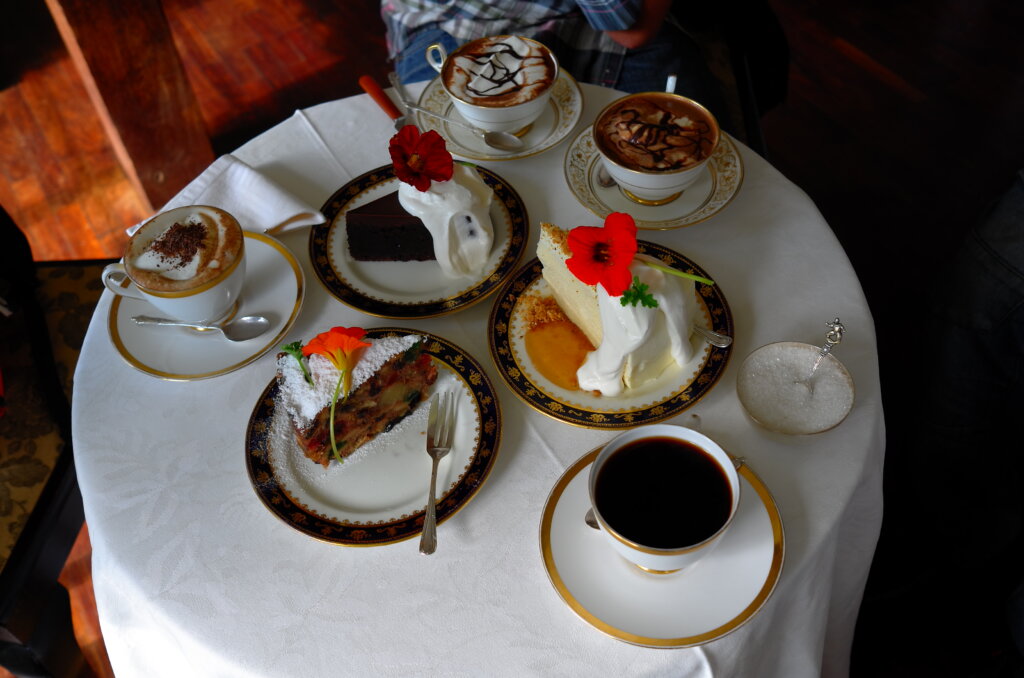
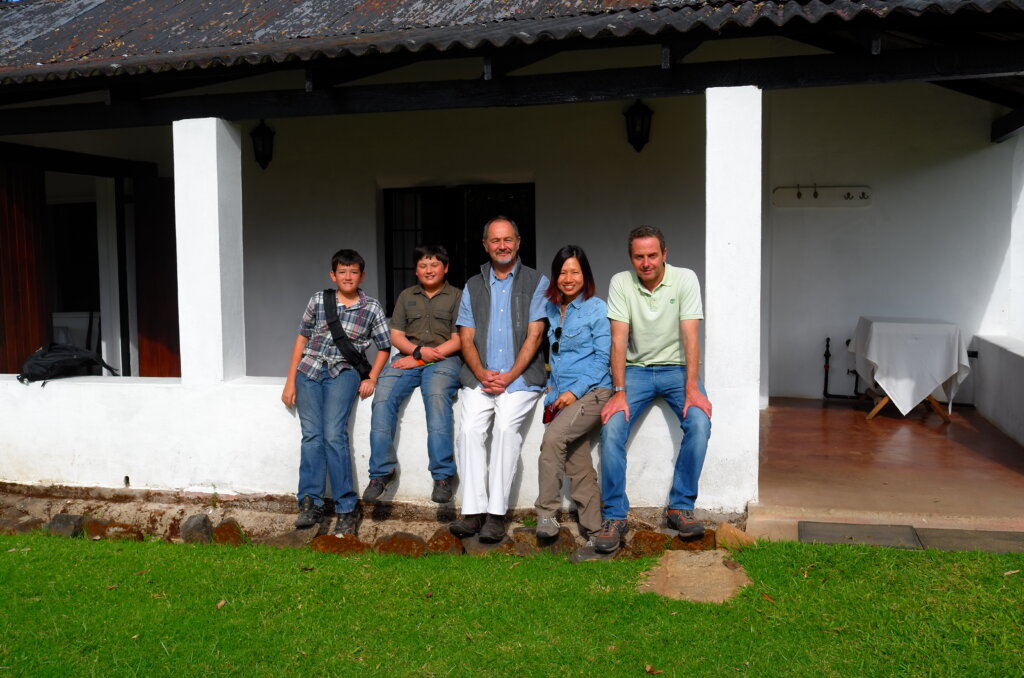
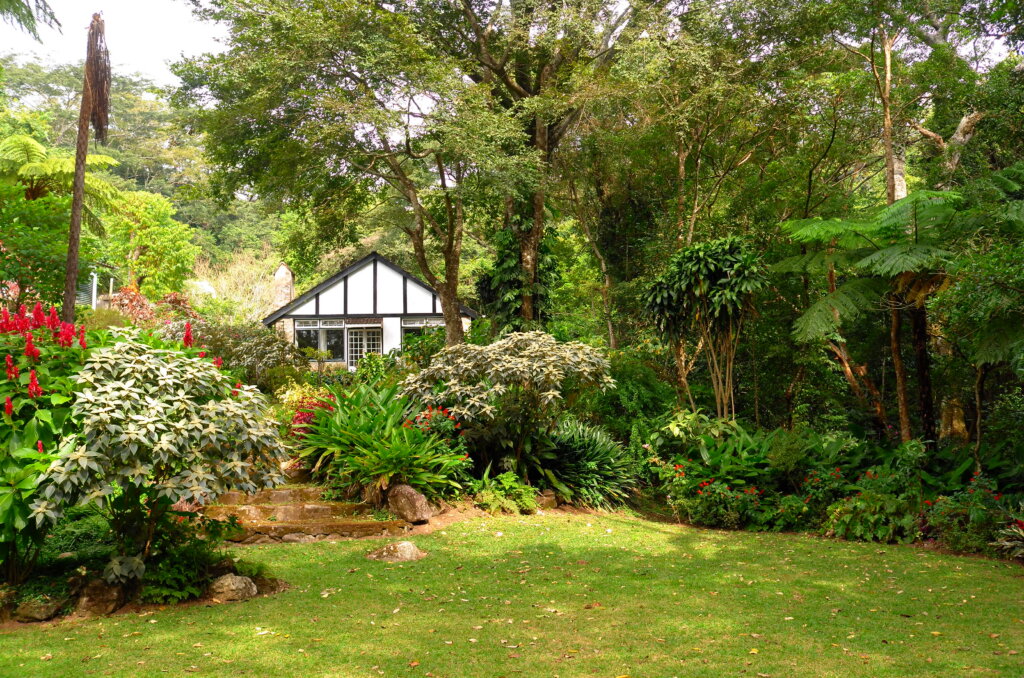
Driving through the winding mountain roads of Zimbabwe’s Eastern Highlands, one could be forgiven for thinking that one has been magically transported from Africa to Scotland, or to Vermont. With their cool climate, lush vegetation, pretty inns and gardens and trout-filled streams, the highlands are a haven for the soul.
But it is the Eastern Highlands’ bigger than life characters who are its real attraction – and testament to Zimbabweans’ resourcefulness.
Jane and Dee, own the Frog and Fern Cottages in Chimanimani, where we spend a couple of days. They have been in business for 21 years and only shut down for a few years after receiving death threats during Zimbabwe’s political crisis in early 2000s. They’re back in action and persevering despite the dearth of tourism in the highlands.
Tony, who has been selling fastidiously made (and preternaturally delicious cakes) from his quaint coffee shop in the Bvumba for 23 years and whose fame precedes him (we had heard about Tony all over Africa, months before arriving in Zimbabwe). Despite the country’s import restrictions, he manages to stock 123 types of tea.
Barry Graham, who runs the White Horse Inn in the Bvumba, makes his own home-made pate, serves the best Wiener Schnitzel in the country and…speaks French! The White Horse Inn’s dining room was empty when we dropped in for lunch and none of their ten rooms was occupied. But Barry made sure that every item on the menu was available.
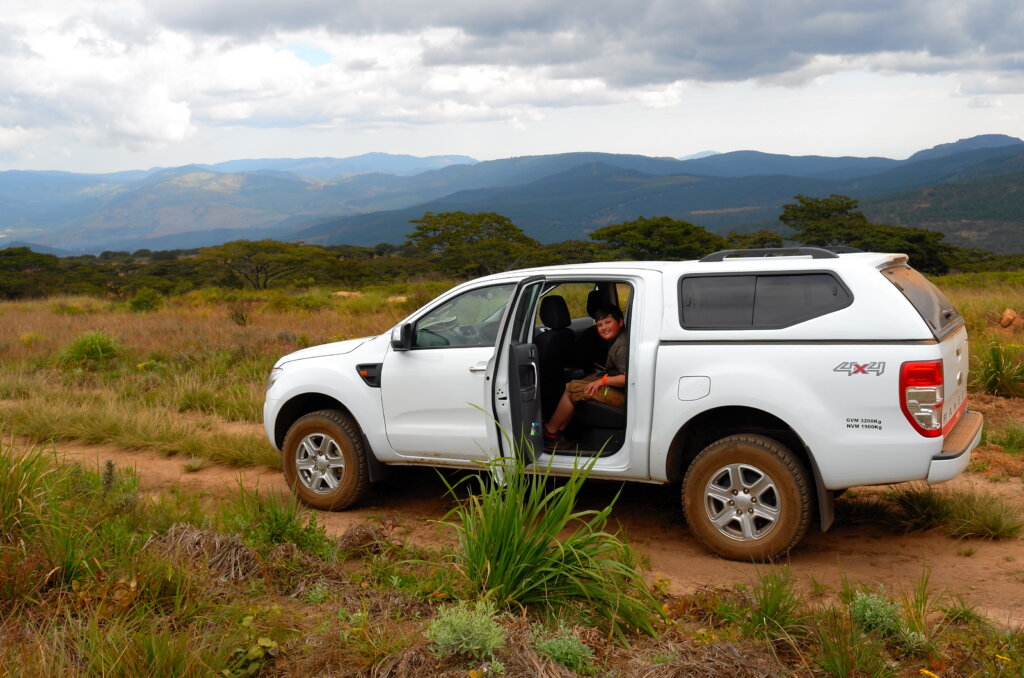
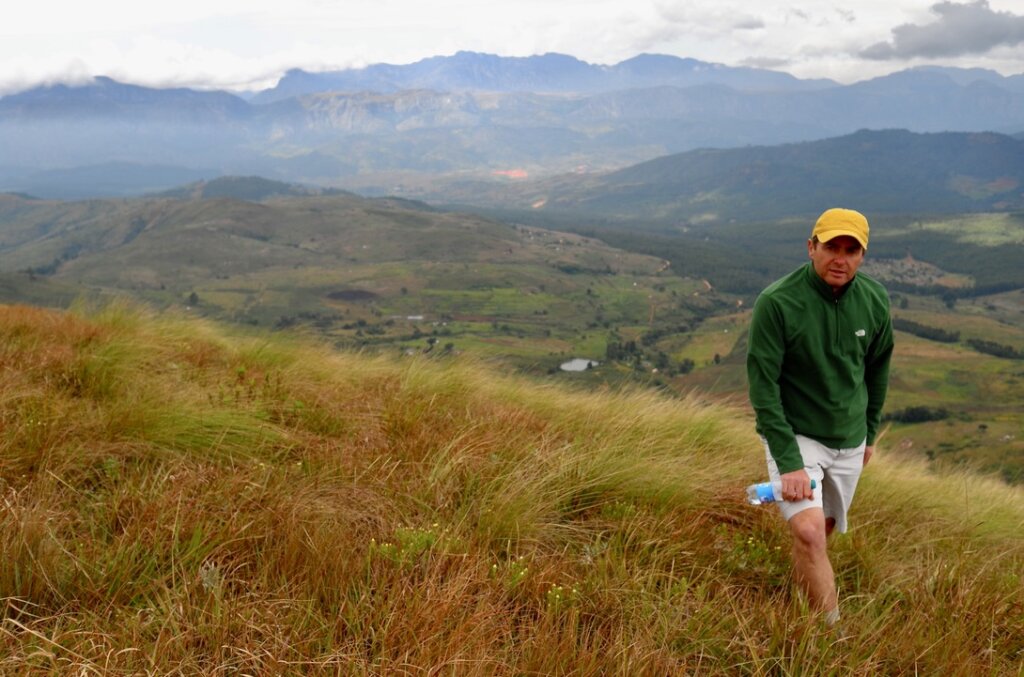
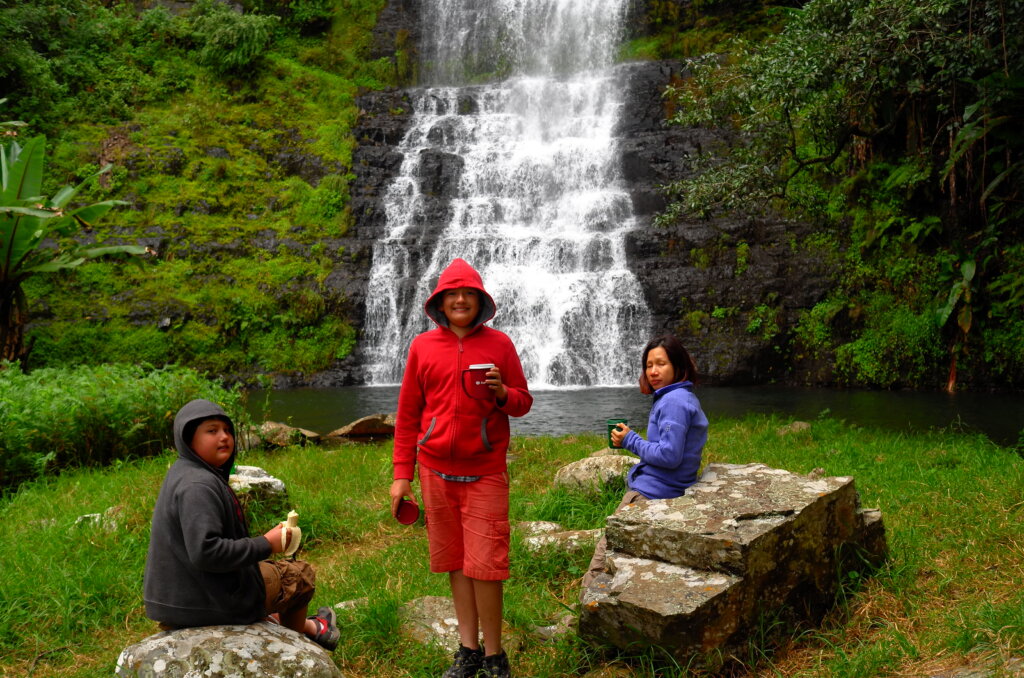
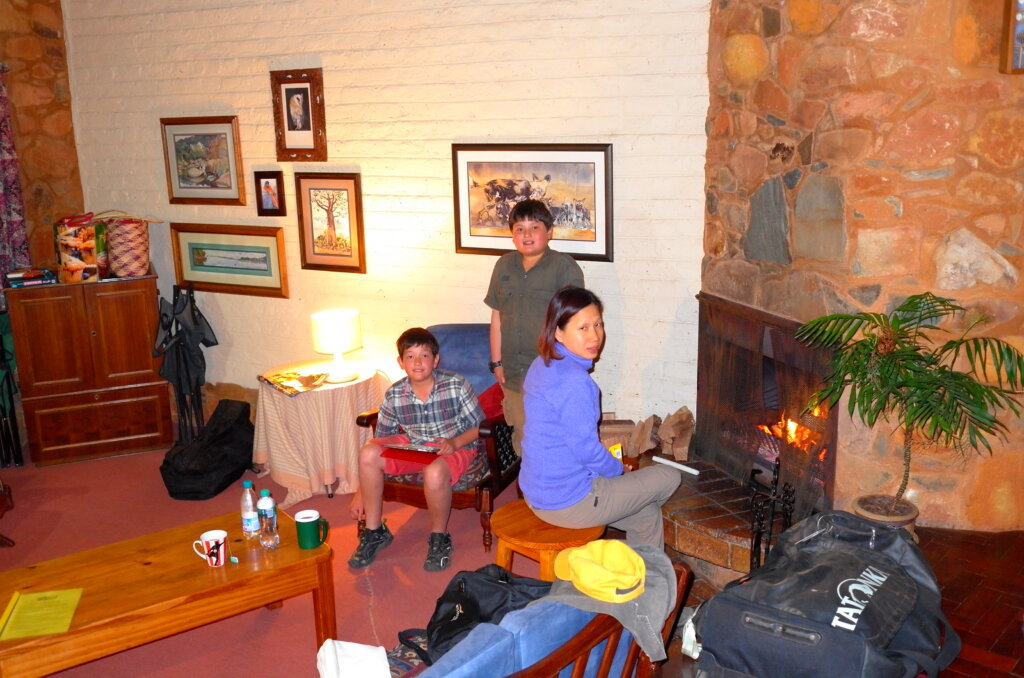
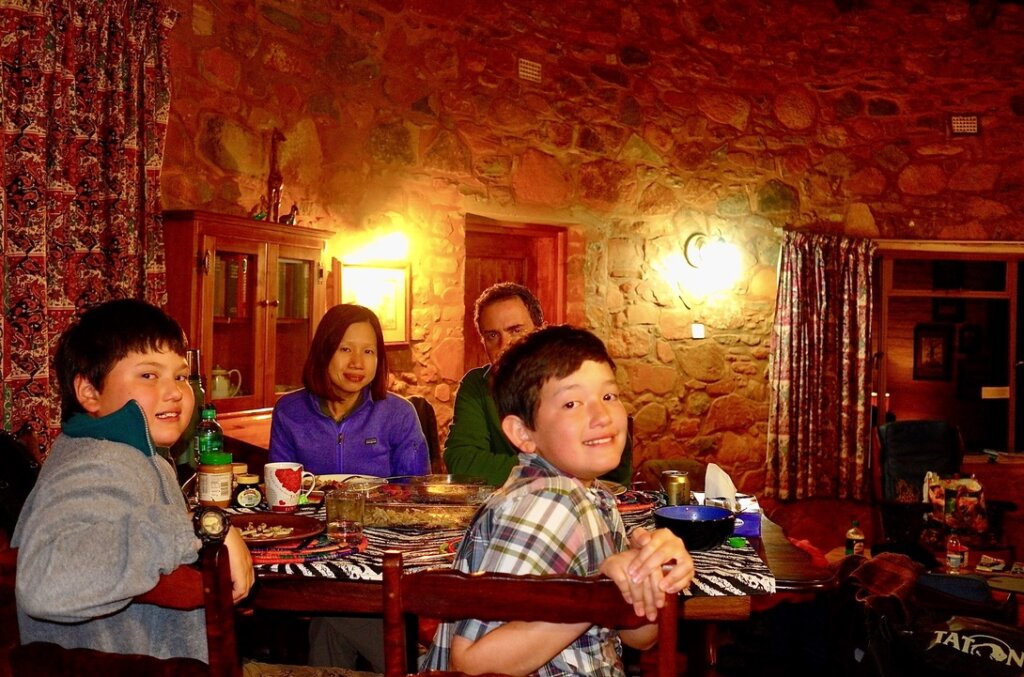
Chilo Gorge Lodge, in the lowveld area of Zimbabwe do things differently. It is a place which tries to put the concept of social enterprise in practice. Chilo was founded when conservationist Clive Stockil was brought in to mediate a dispute in the 1970s between the then Rhodesian government and the Shangaan tribe who had just been evicted from their ancestral lands to make way for the newly created Gonarezhou National Park. The Shangaan retaliated by trying to exterminate every animal from the park. Clive, who grew up among the Shangaan and is one of the only white men in the country to speak their language resolved the dispute by setting up a trust which would jointly administer the land with the Shangaan and provide them with a share of the tourism and hunting revenues. In return, the Shangaan agreed to stop poaching in the national park.
Today, Chilo continues to work closely with the Shangaan, helping them develop more revenue-generating projects and improve their standards of living. Conservation outcomes have also improved, though some poaching continues, as we noted during an anti-poaching patrol we joined.
But Mahenye, the Shangaan village, is also a microcosm for the country as a whole. In spite its long collaboration with Chilo, it is still afflicted by many issues which plague the country as a whole. The village has six times more women than men (the menfolk go to South Africa to find work). 40% of the population is estimated to carry the HIV virus. Malaria cases average 130 per month (out of a population of 4500) and the village dispensary had run out of anti-malarial medicine when we visited. The isolated village (90mn drive on a bumpy track to the main road) cannot retain teachers, who all leave after a few months. And few parents send their children to secondary school, preferring to use them to help them at home or in the fields.
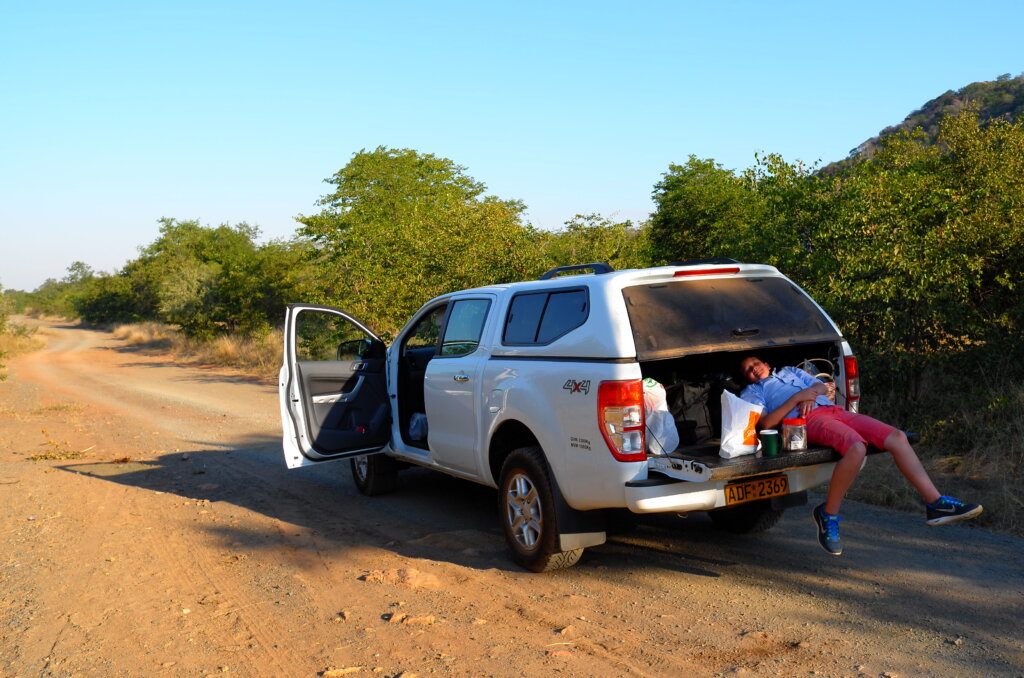
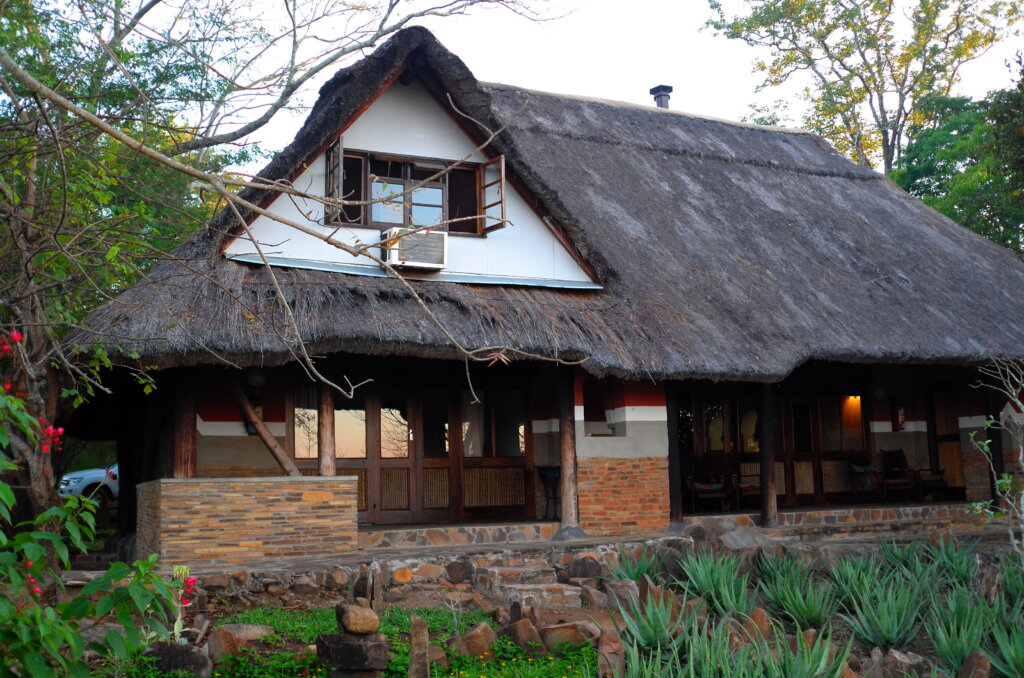
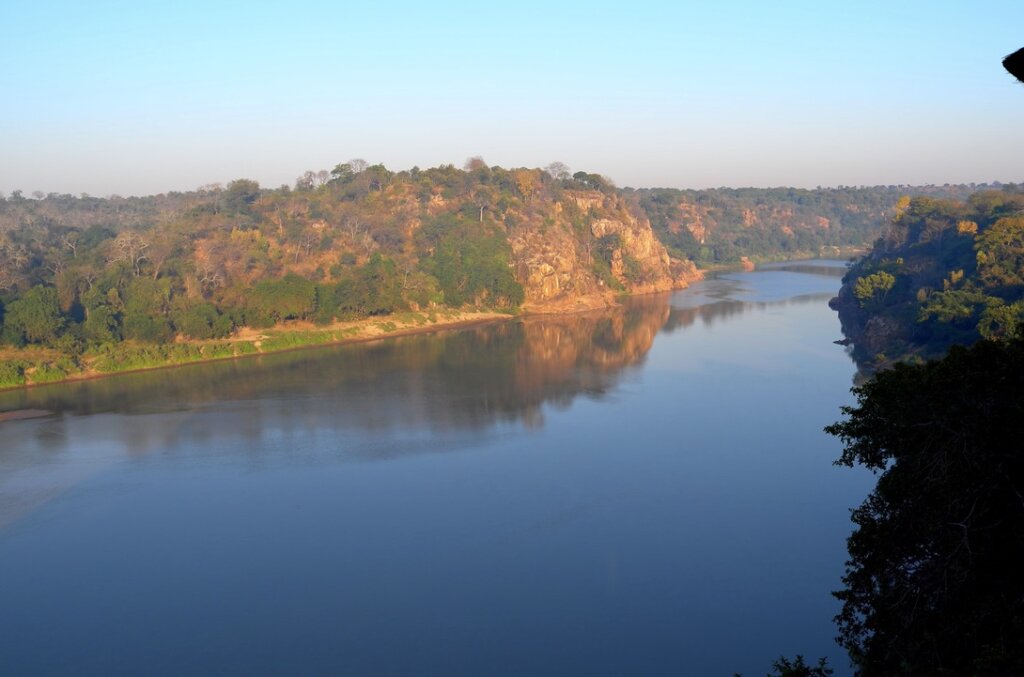
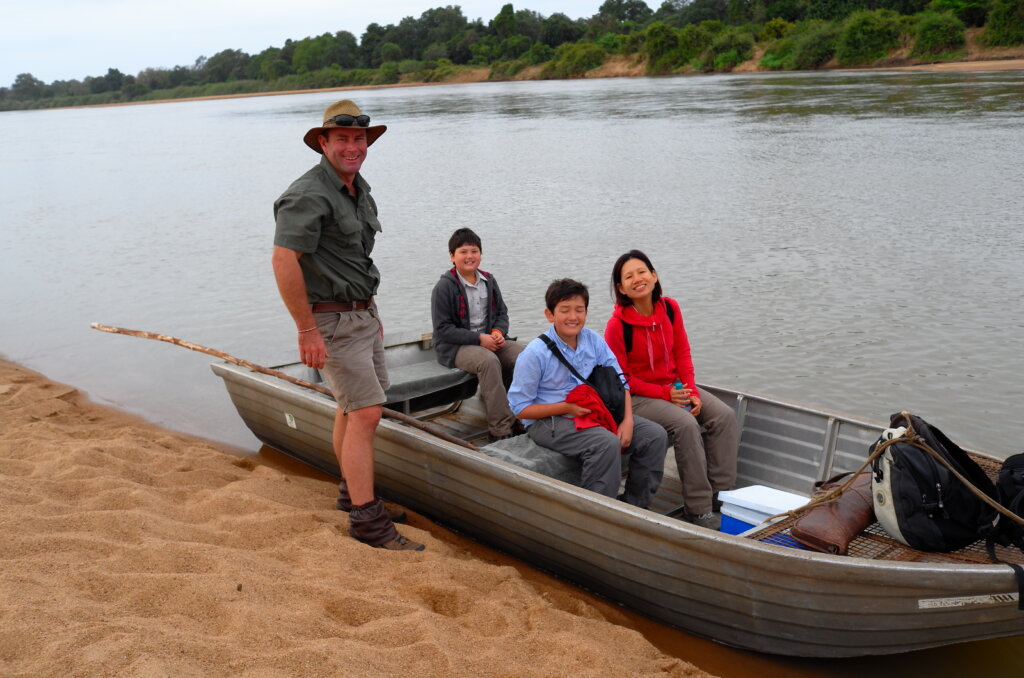
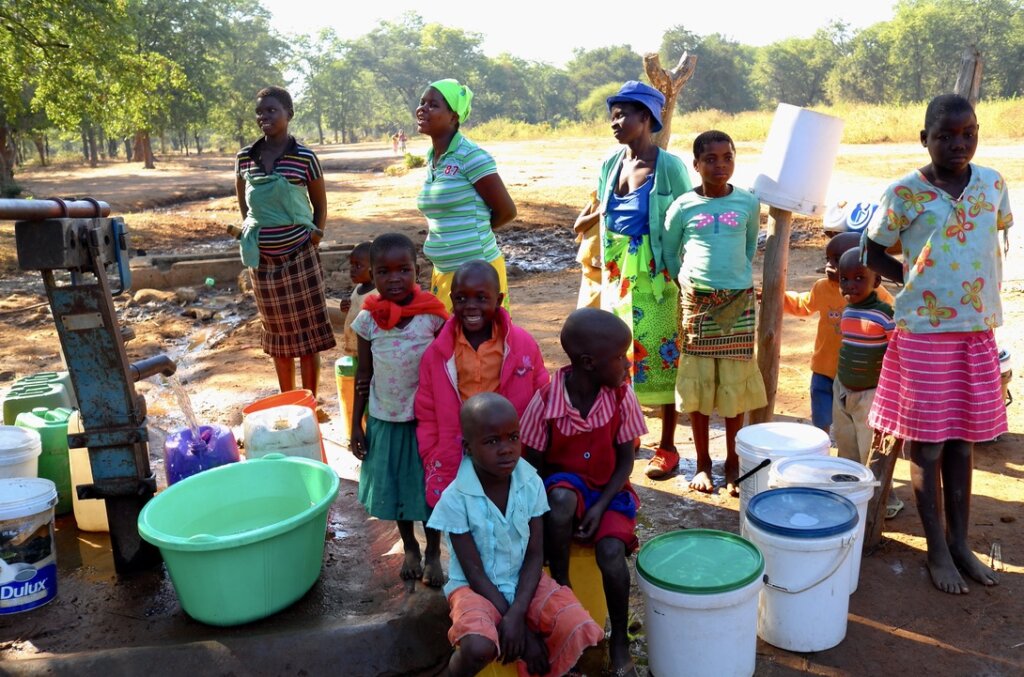
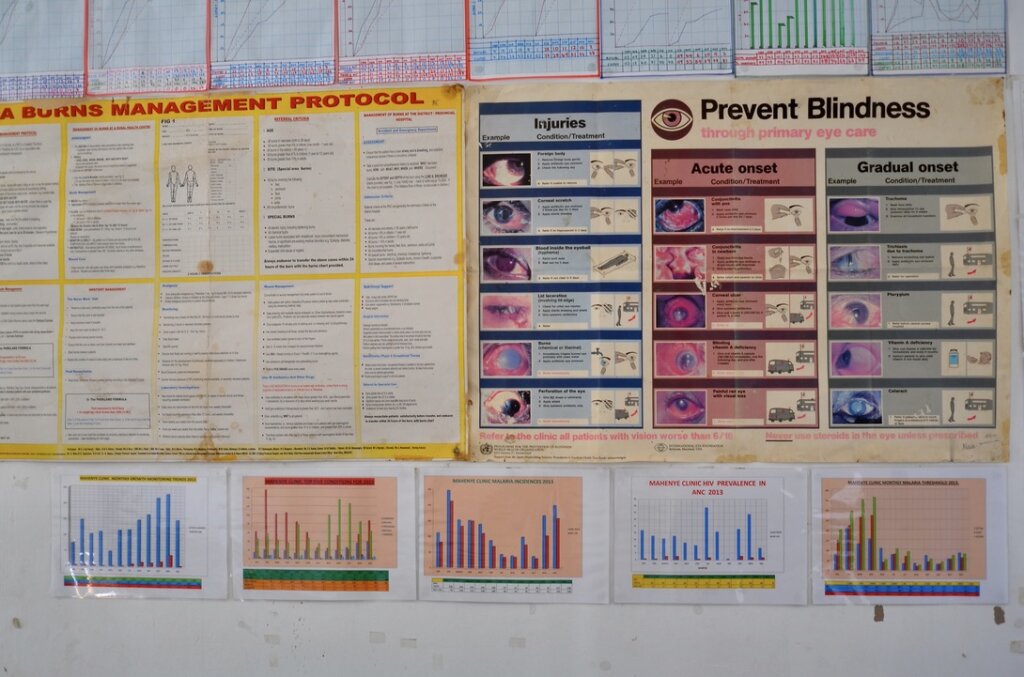
300km south of Harare, lie the ruins of Great Zimbabwe, a great African city which for 400 years, between the 12th and 16th centuries CE ruled an empire which included most of present day Zimbabwe and parts of South Africa and Mozambique. Great Zimbabwe traded with the Arabs, the Chinese and the Indians, its great wealth based on the alluvial gold found all around it. By the 1500’s, the city had exhausted its agricultural resources and had to move, starting a slow decline of the kingdom.
The design and architectural features of Great Zimbabwe are so sophisticated that the early European explorers who discovered it were convinced it could not have been built by “primitive” Africans. In the early 20th century, exotic theories to explain its origins abounded. Perhaps it was the Phoenicians ? Or Egyptians ? Or even the Queen of Sheba, fabulously wealthy thanks to Great Zimbabwe’s gold ?
It has now been proven that Great Zimbabwe was indeed built by native Africans, Bantus from the Niger Delta region, and the forebears of today’s Shona. But the myths did not go away so easily, and under Ian Smith’s white minority government, before independence, it was a punishable offense to claim that Great Zimbabwe was designed and built by Africans. Perhaps that helps to explain why Southern Rhodesia’s name was quickly changed to Zimbabwe after independence.
Great Zimbabwe is an impressive site, covering over 700ha, surrounded by empty countryside. Intricate brick constructions blend in seamlessly with the surrounding boulders. Massive buildings are built using bricks stacked up without making use of mortar. A narrow corridor leading to the Royal Enclosure, framed between 11m walls whose function remains a mystery continues to puzzle scholars.
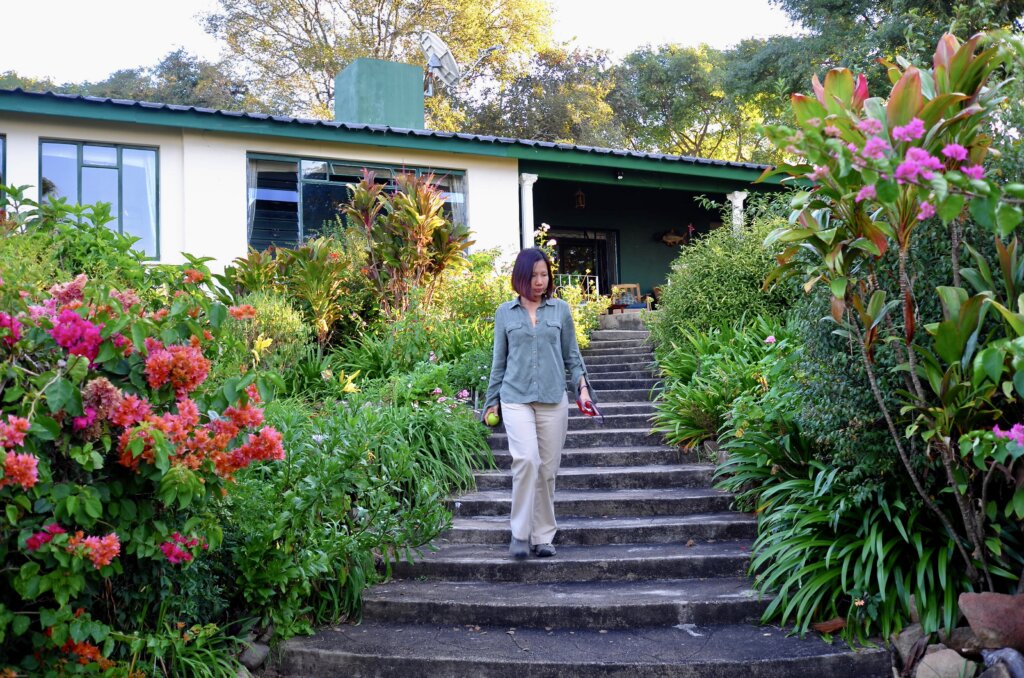
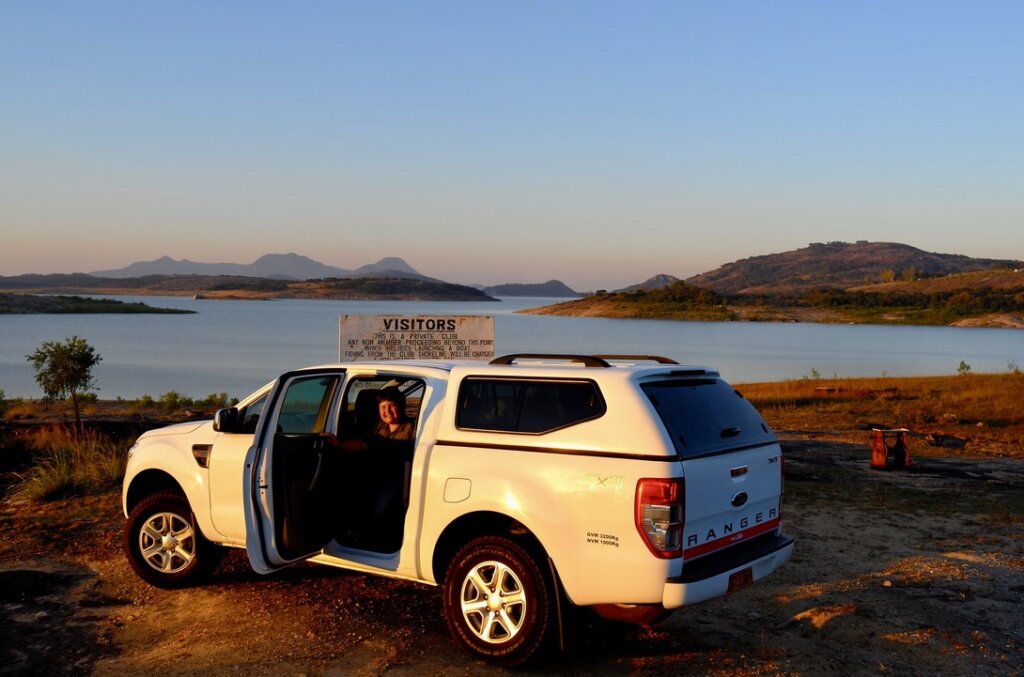
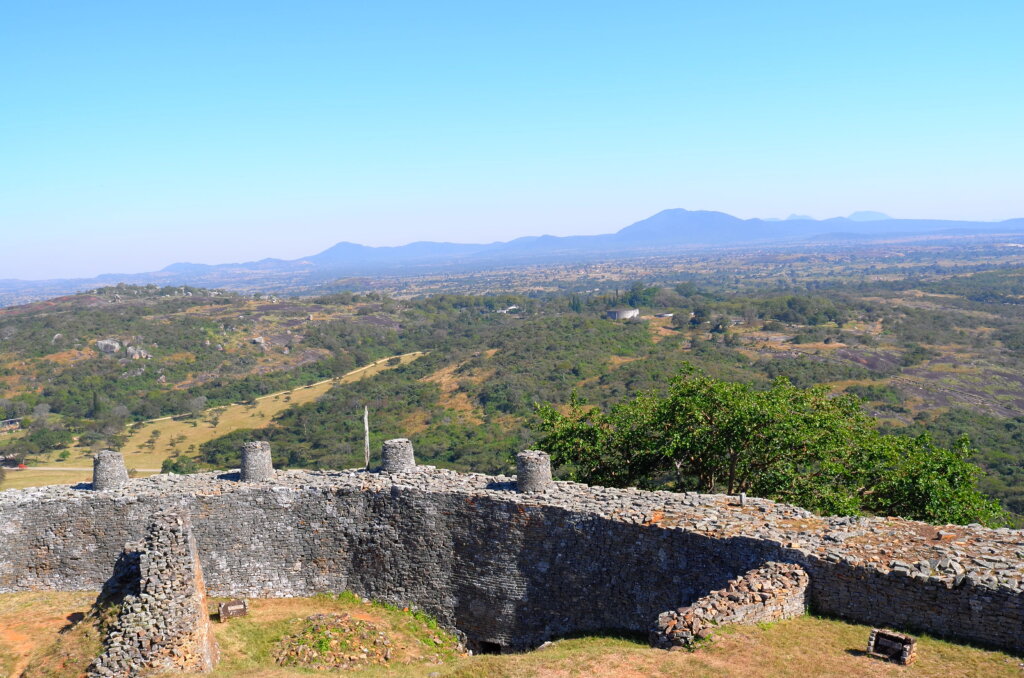
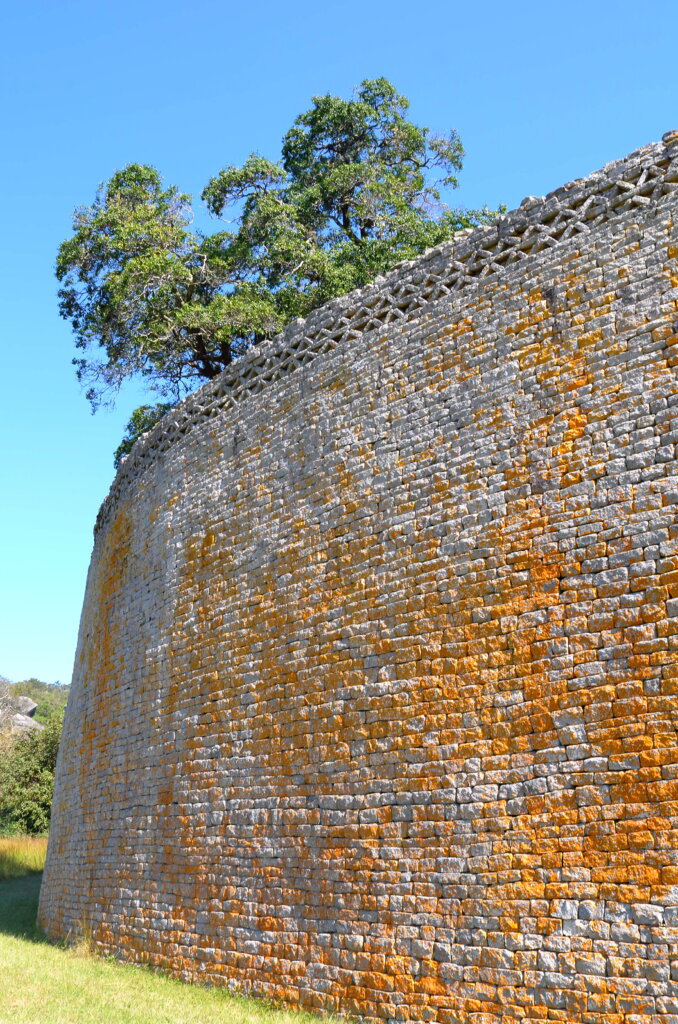
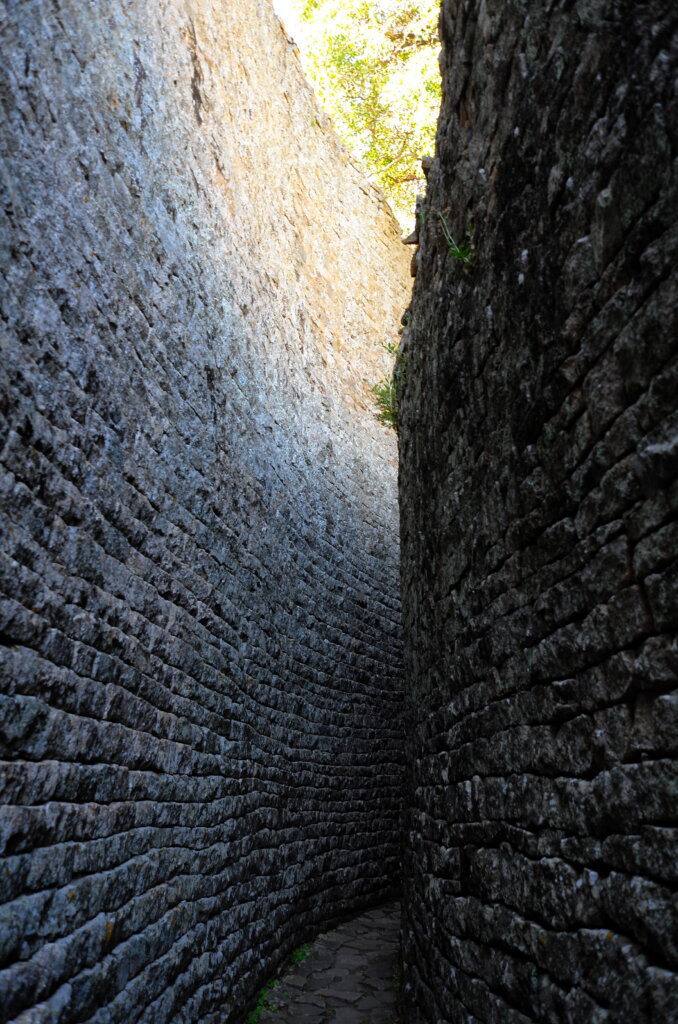
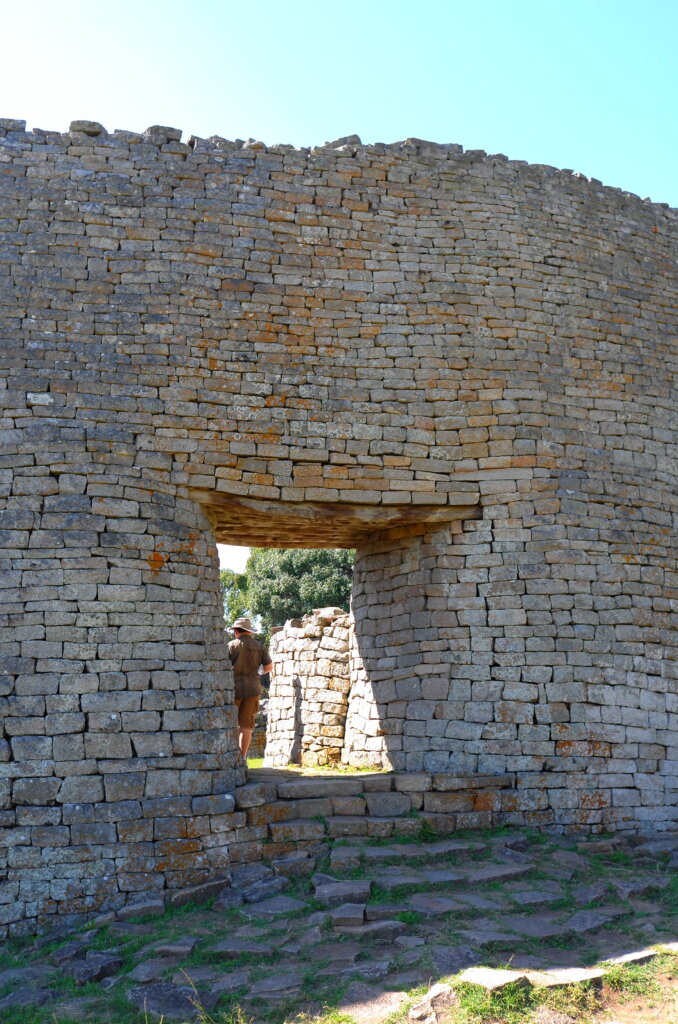
The Matobo hills, which sit high over Matabeleland, near Bulawayo, are a Place of Power. A barren plateau with boulders piled up like giant marbles in an unlikely state of equilibrium. The N’debele believe that the world started in the Matobos and consider this area the most sacred in the land. They may visit but have to leave by nightfall, when the spirits are abroad.
Cecil Rhodes, the founder of Southern Rhodesia, elected to be buried here with his two closest companions, Jameson and Coghlan. Rhodes’ (and his companions’) grave is a simple metal plate, as if he did not want to disturb the serenity and spirituality of the Matobos.
When we visit, in the late afternoon, we are alone on the hill and can feel the silent power and intensity of the Matobos. As the sun begins to set, the giant boulders are illuminated by a bright orange light, as if the lights had suddenly been turned on.
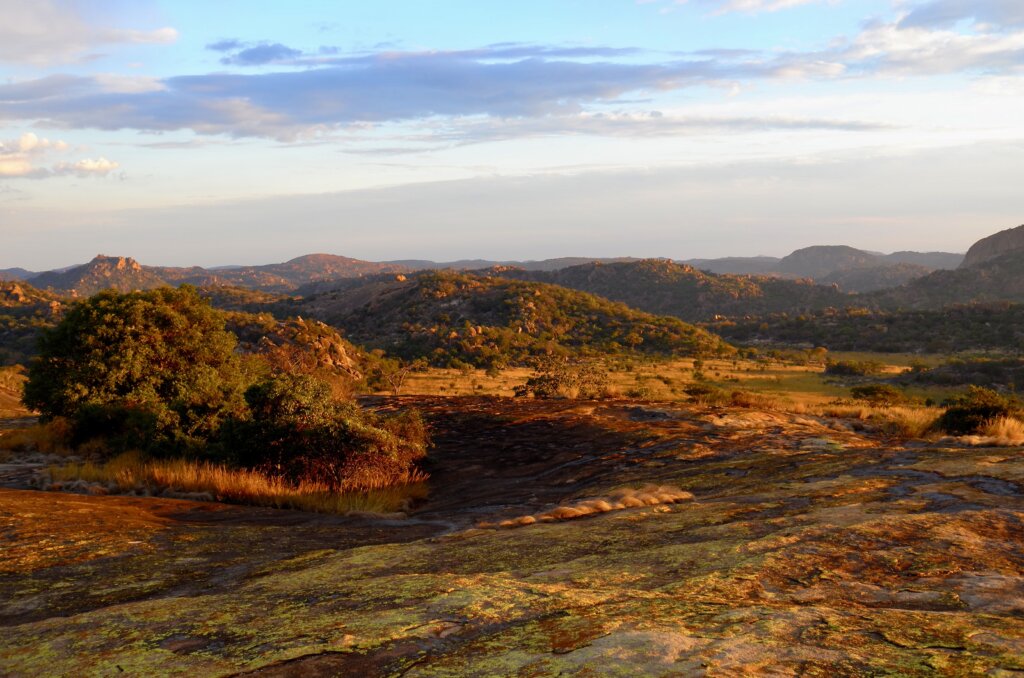
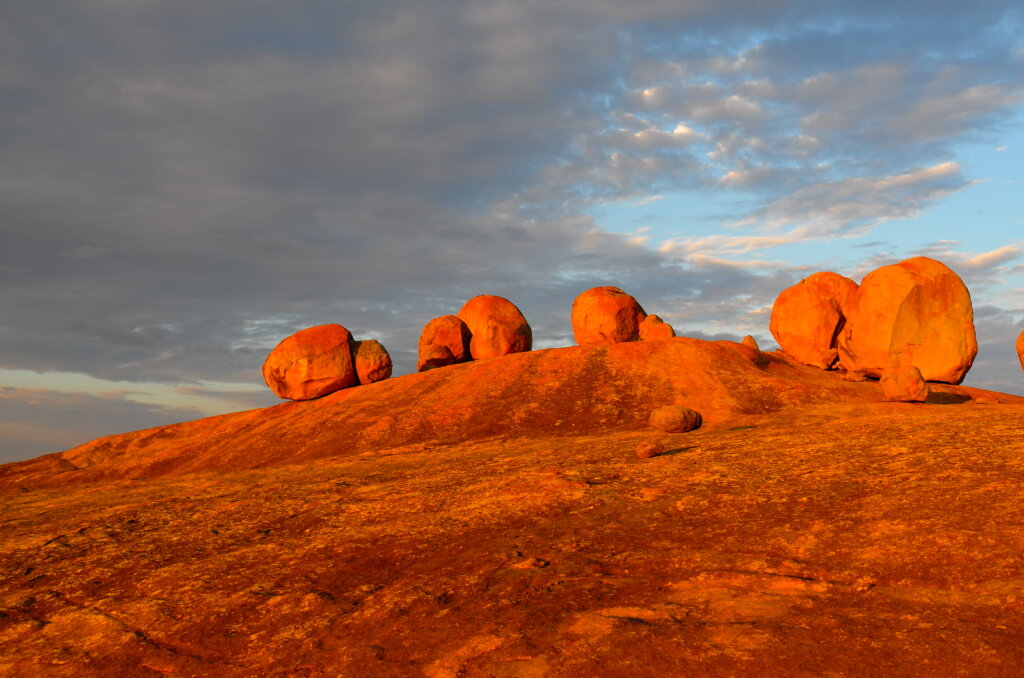
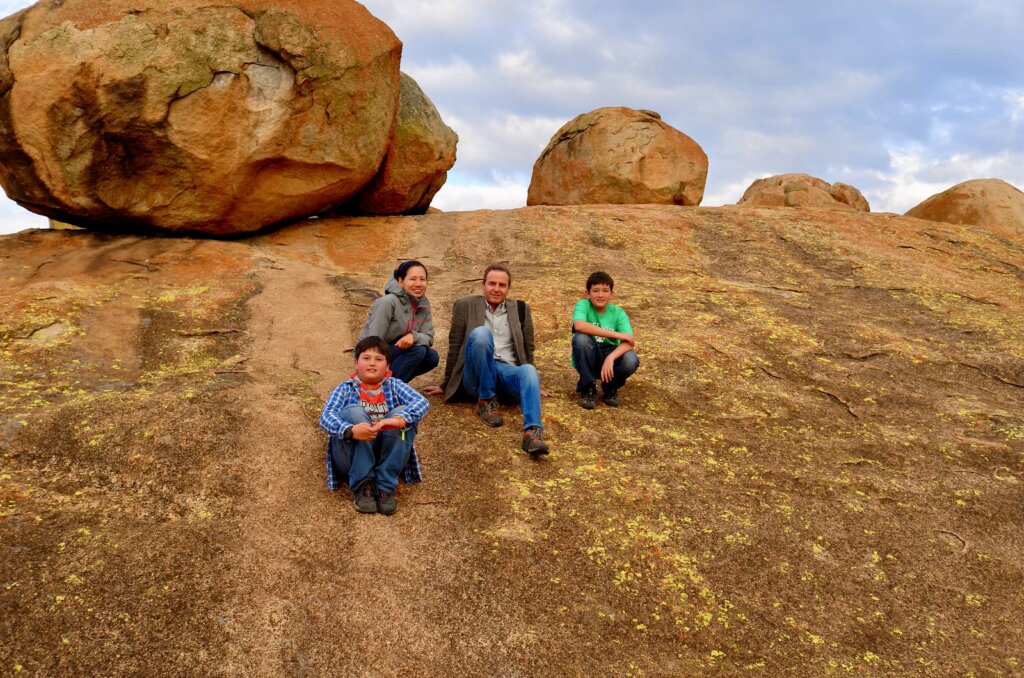
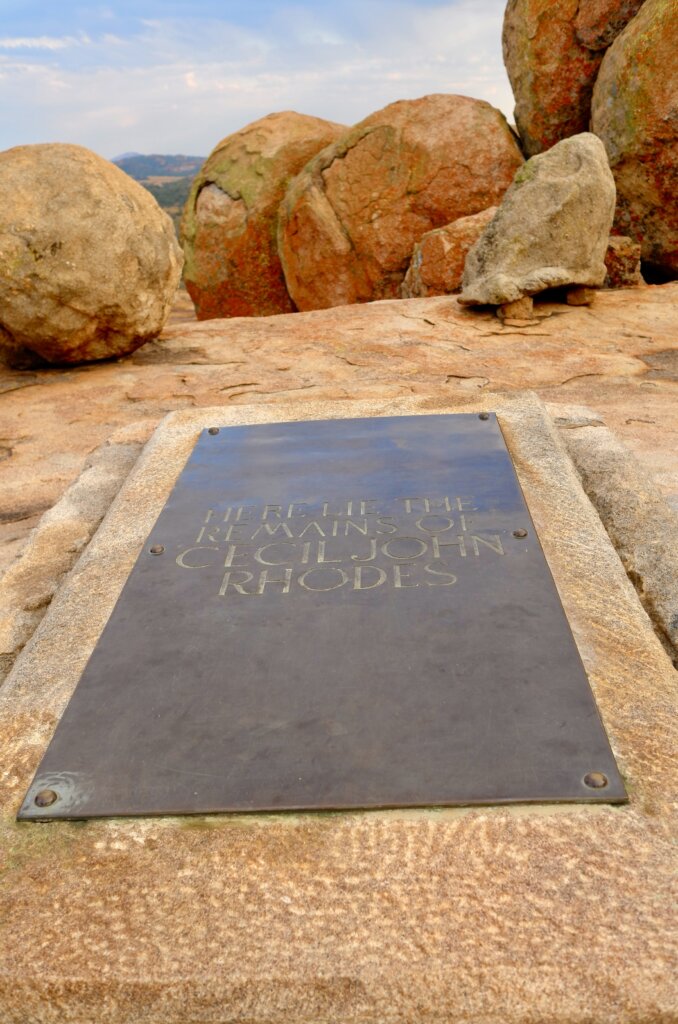
Bulawayo was Southern Rhodesia’s first capital, founded in 1897. A charming, slightly run down town full of colonial buildings, bungalows with overgrown gardens and a relaxed, laid back atmosphere. In its heyday, Bulawayo Station was known to have the world’s longest railway platform…and to keep adding a few feet every time its record was broken !
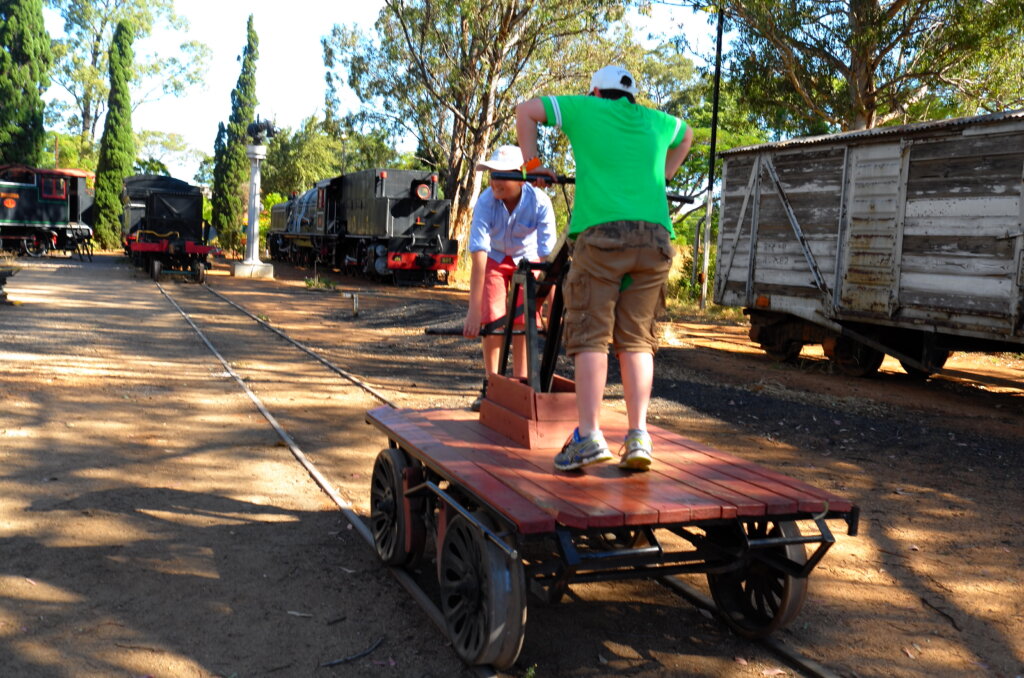
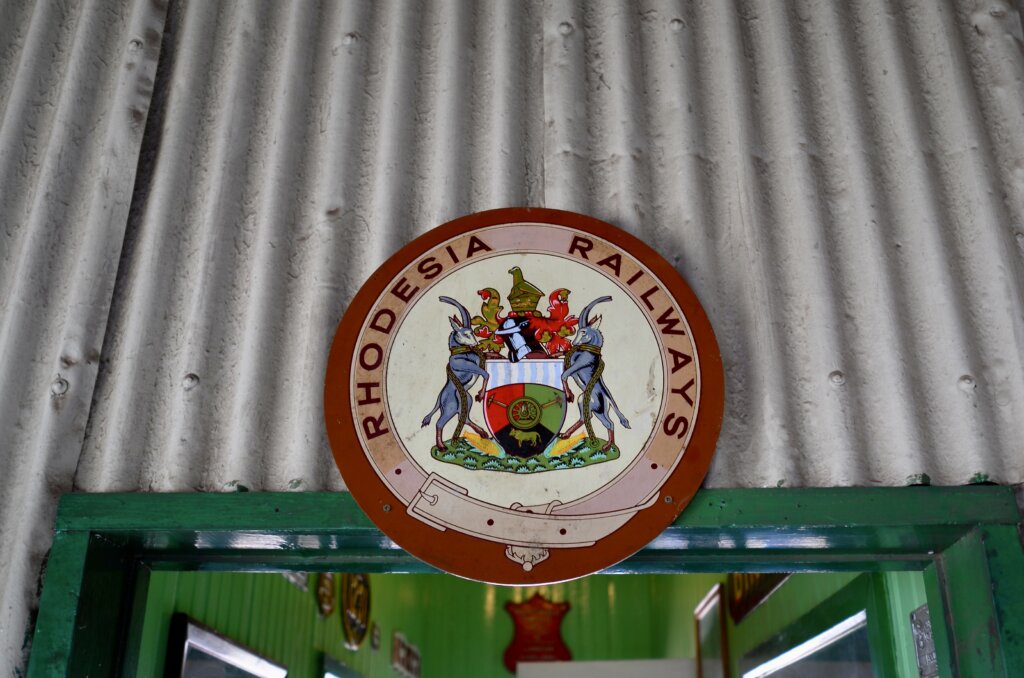
Bulawayo is the present day capital of Matabeleland, home to the N’debele tribe, descendants of a breakaway Zulu faction which migrated here in the 19th century. The N’debele were at the losing end of a power struggle with the dominant Shona after Independence in the 1980’s and the government has essentially abandoned Bulawayo for the past 30 years.
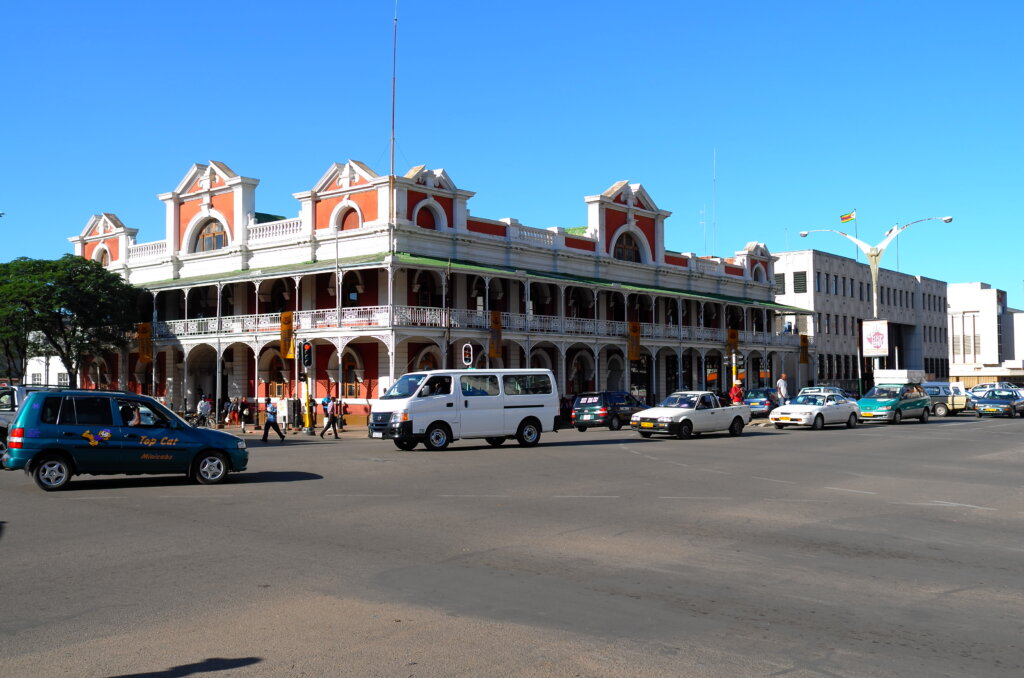
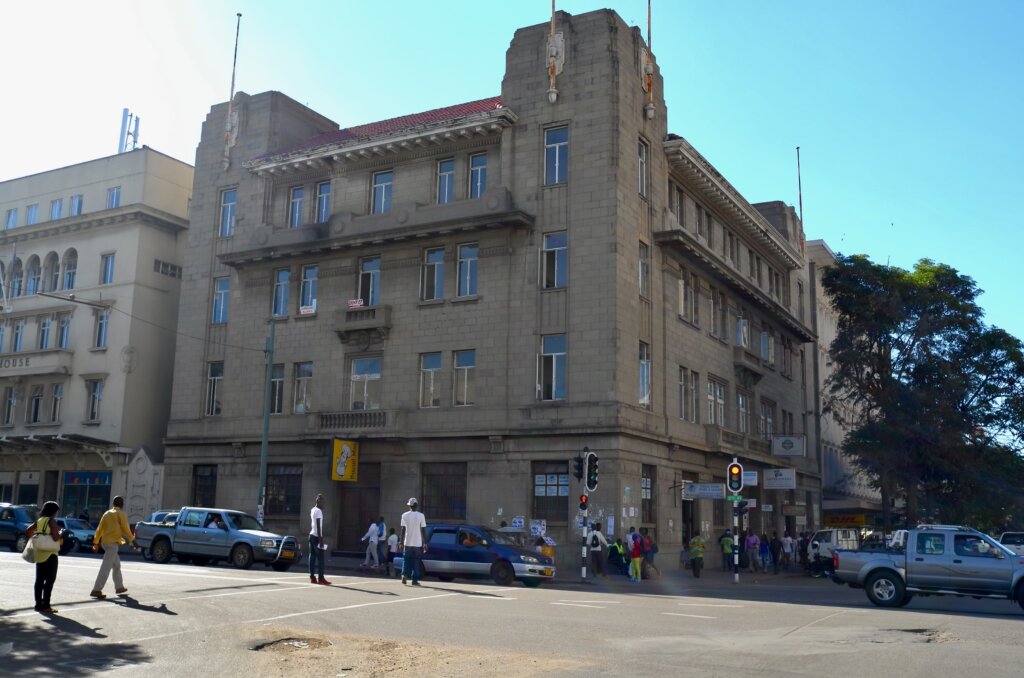
We stay at the Nesbitt Castle, an anachronistic medieval castle built by an eccentric Rhodesian in the 1920’s, full of hidden nooks and crannies, crenellated turrets and secret passages.
With hardly a modern building in town, Bulawayo has a languid, slightly decrepit colonial air to it. It’s an easy town to like and we promised ourselves to visit again.
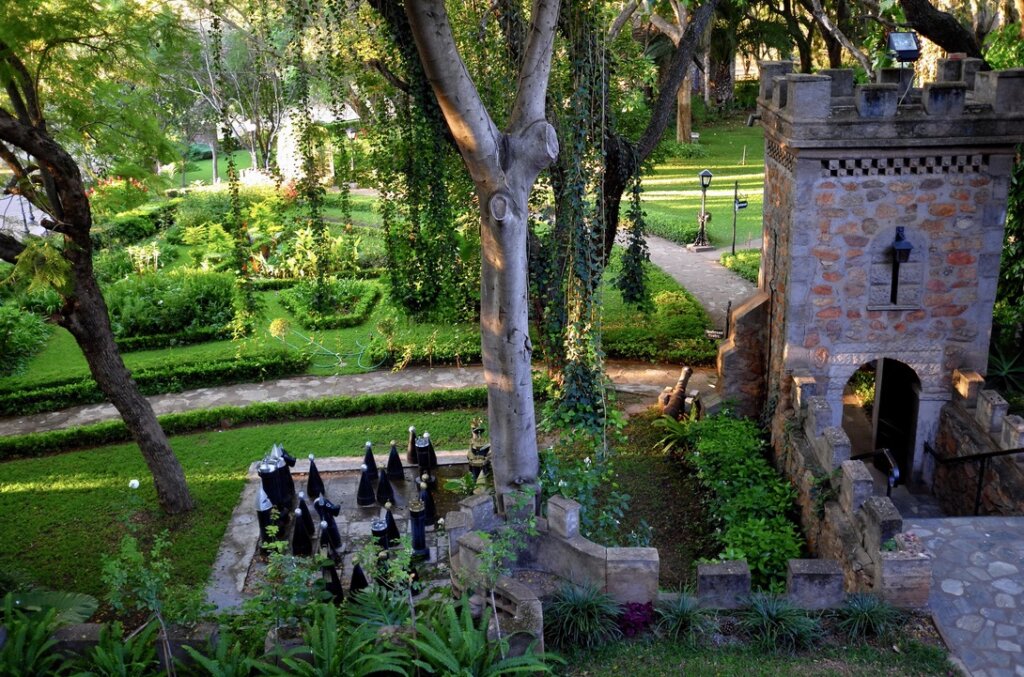

The “smoke that thunders” is what the Victoria Falls were called by the native inhabitants before David Livingstone “discovered” them and renamed them.
One hears the Victoria Falls before one sees them. And from miles around, one can see the gigantic clouds of spray which are propelled upward by the falls and form a permanent vaporous canopy over the town.
